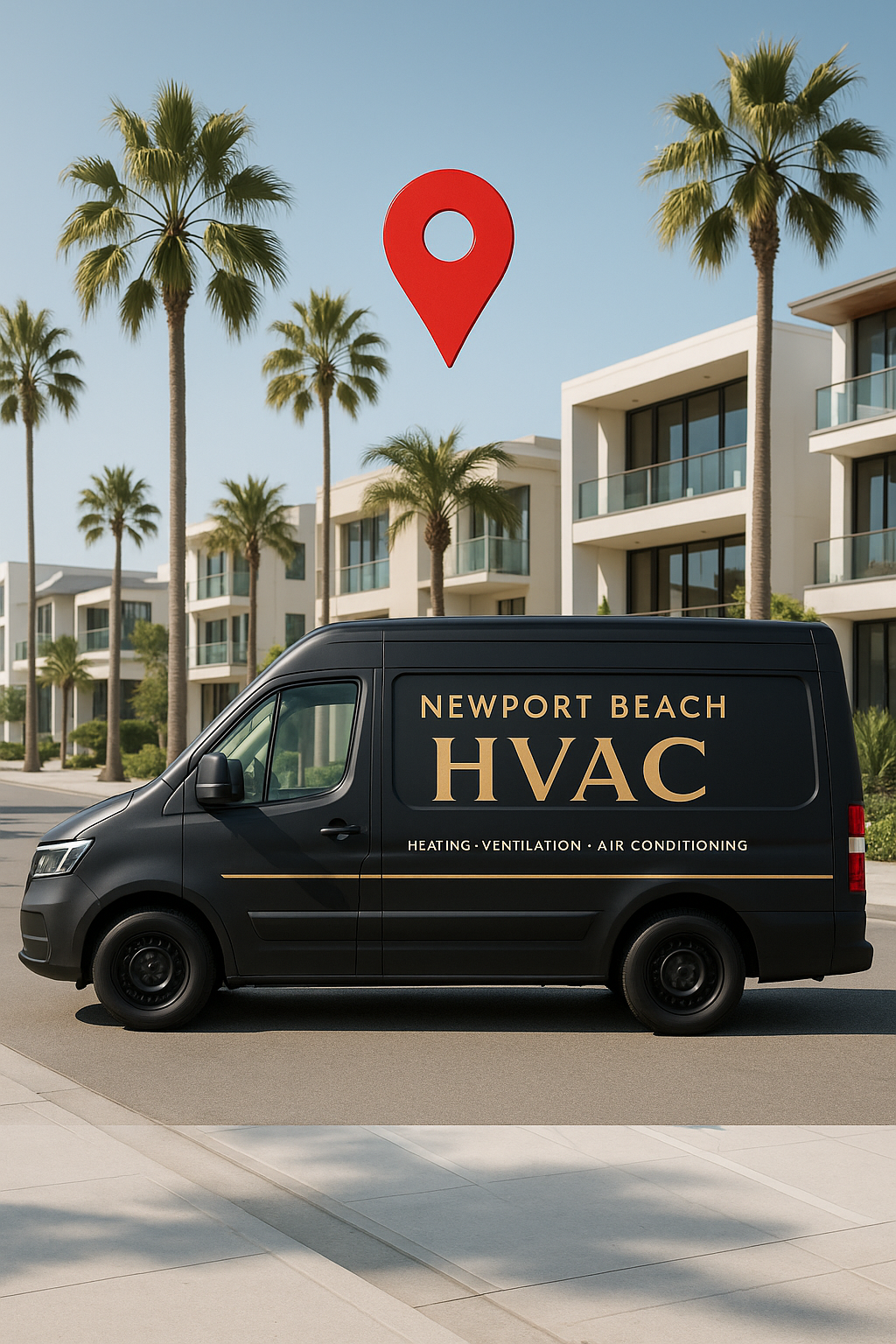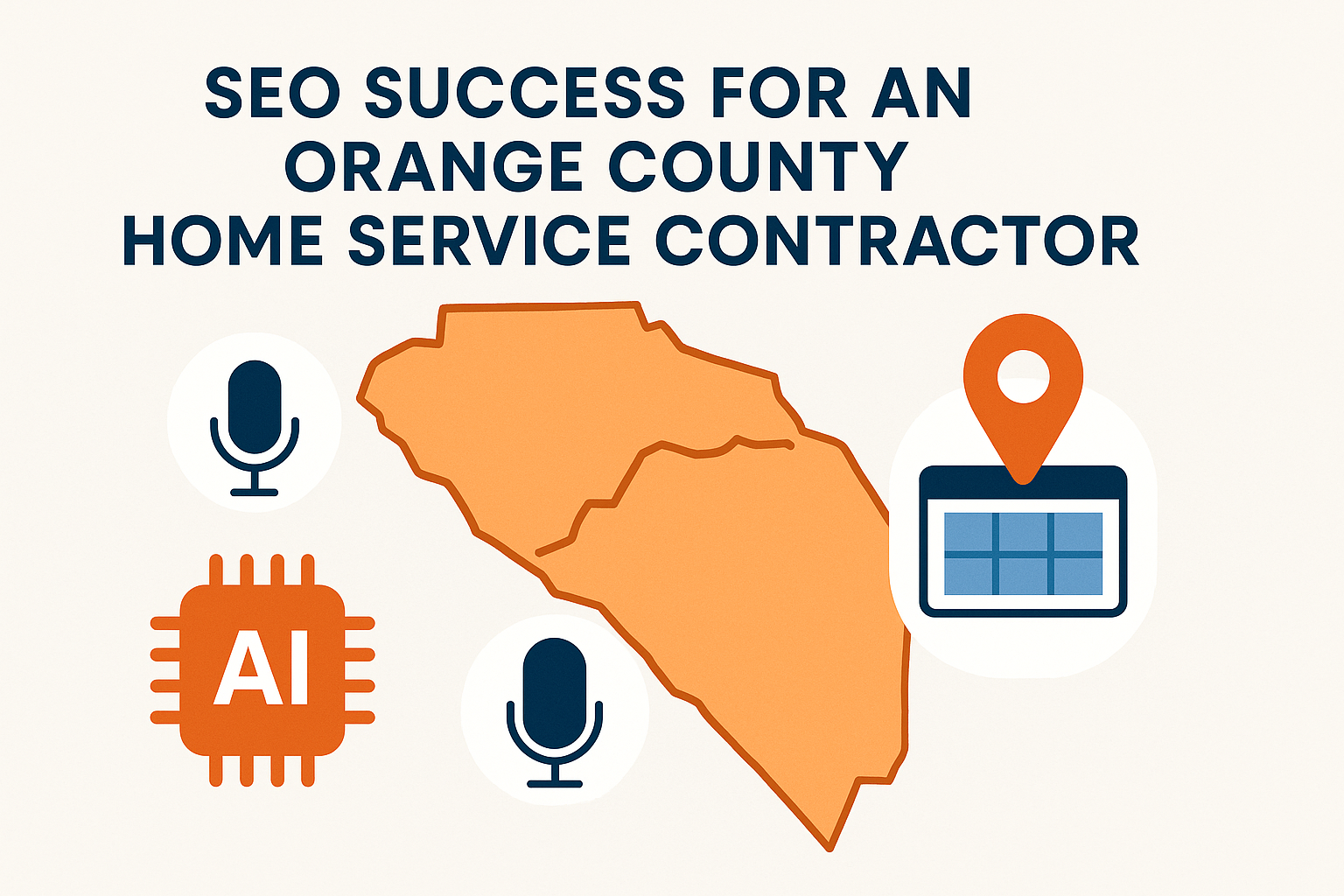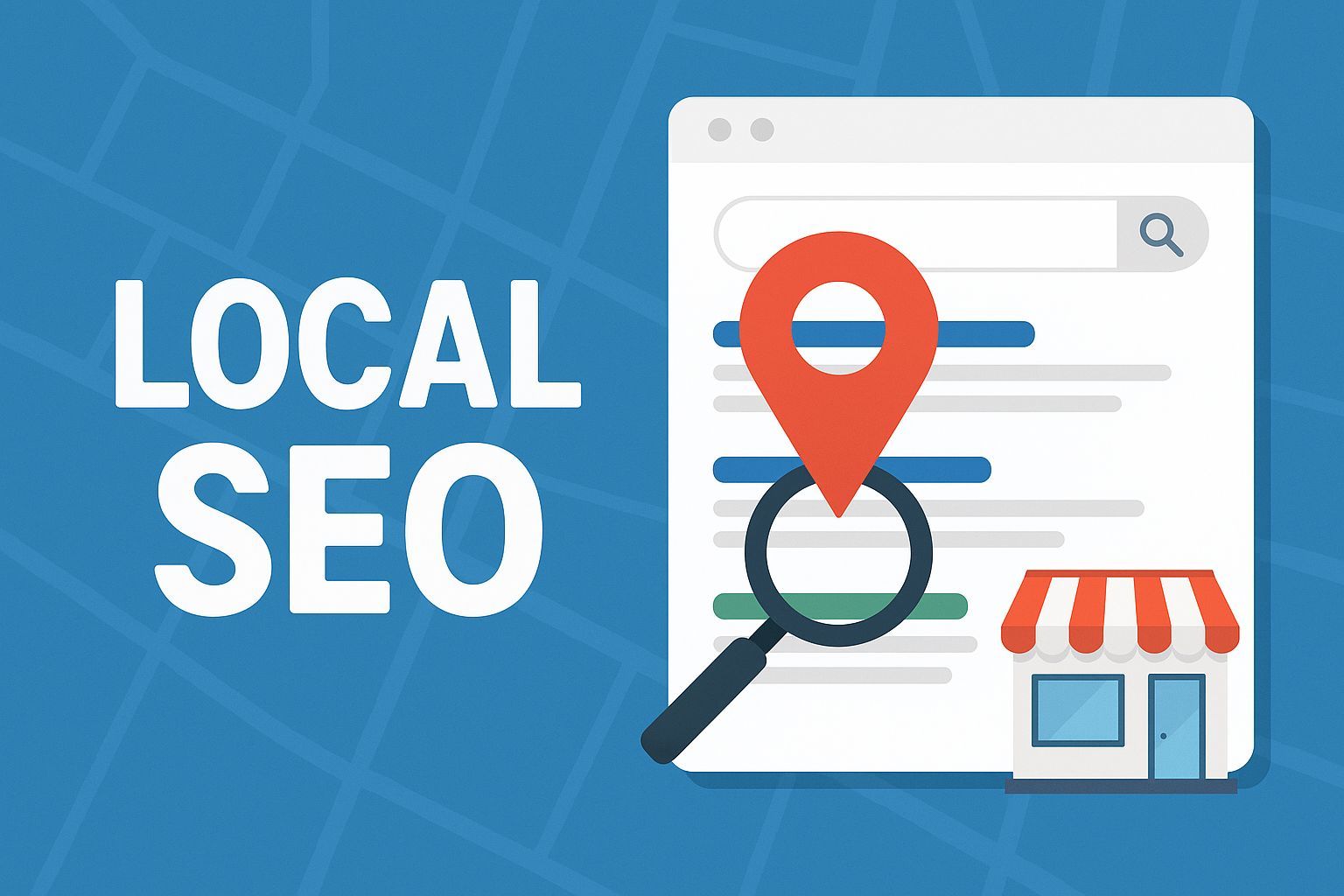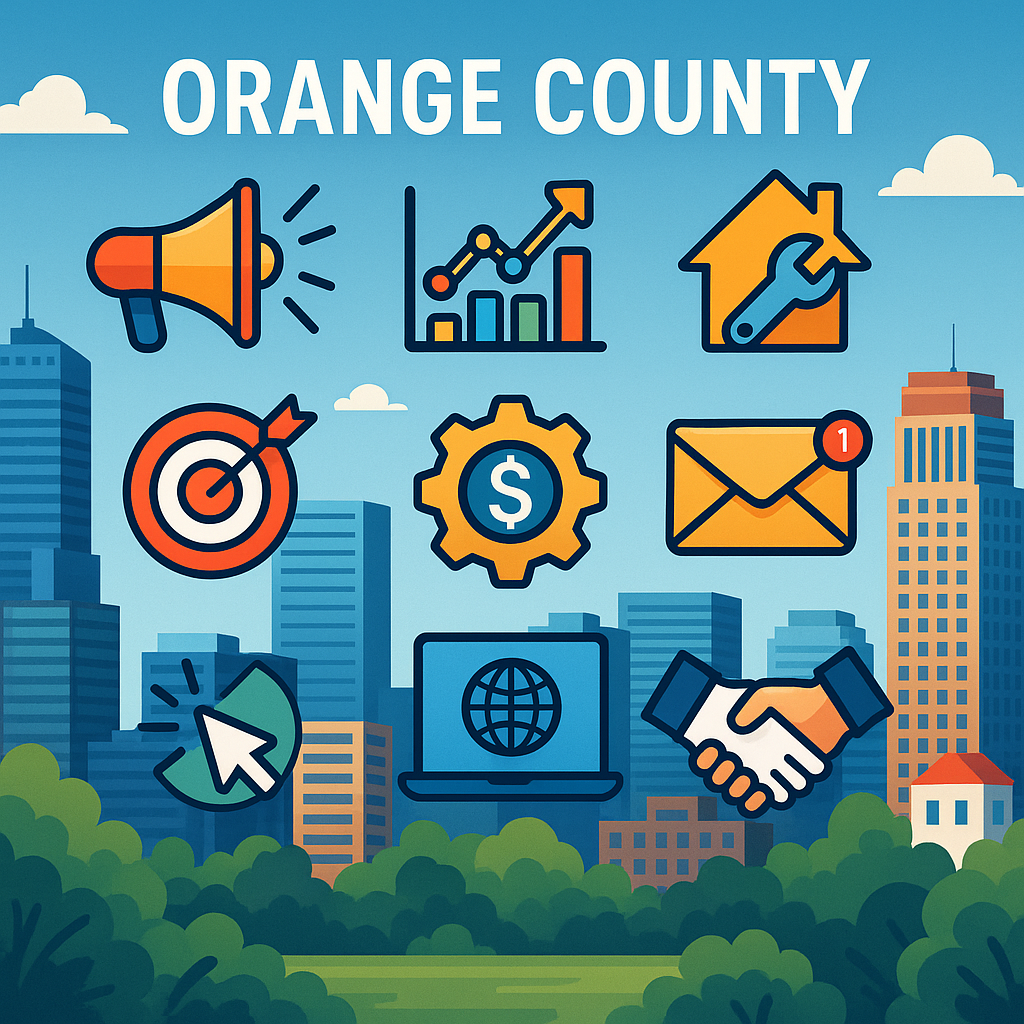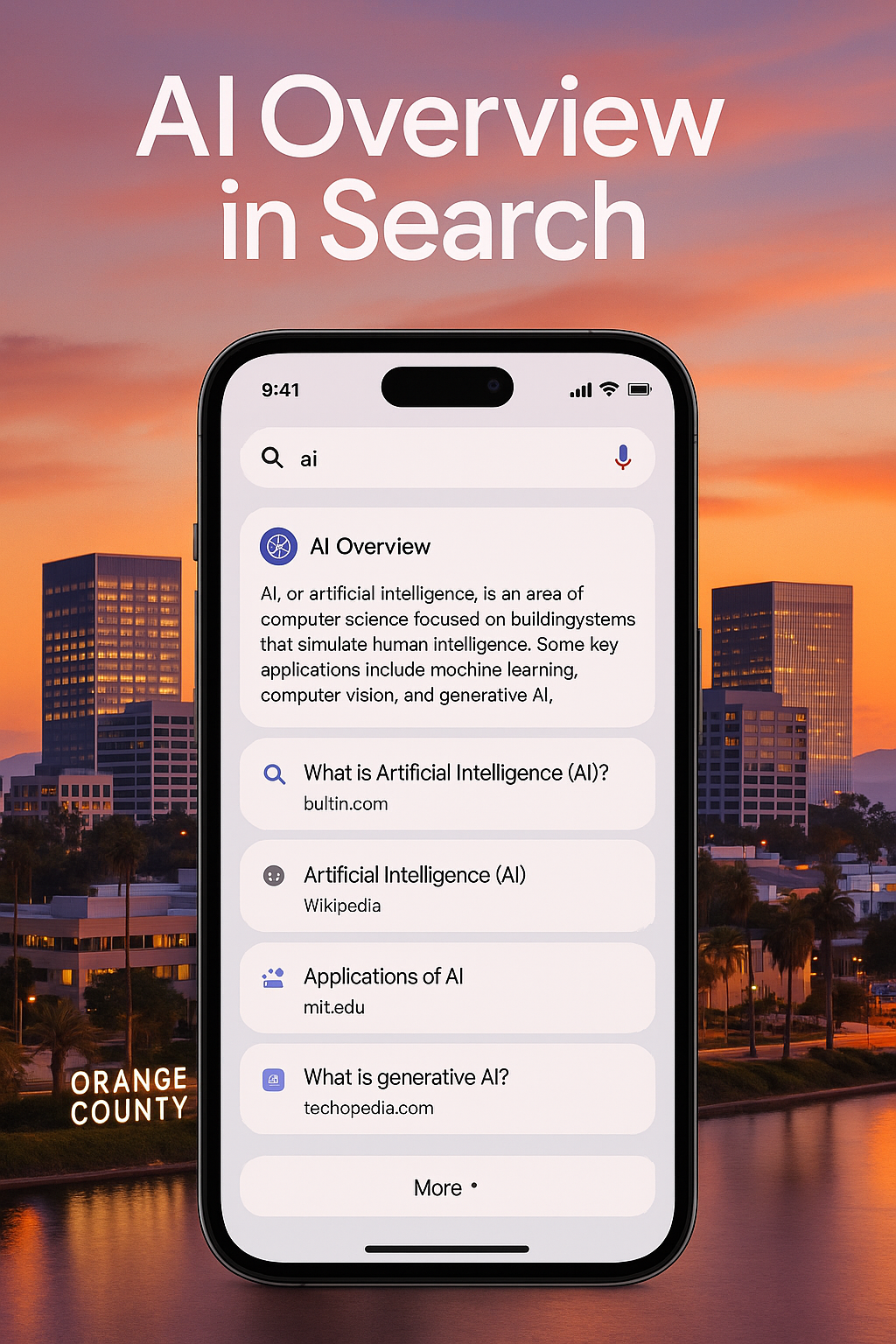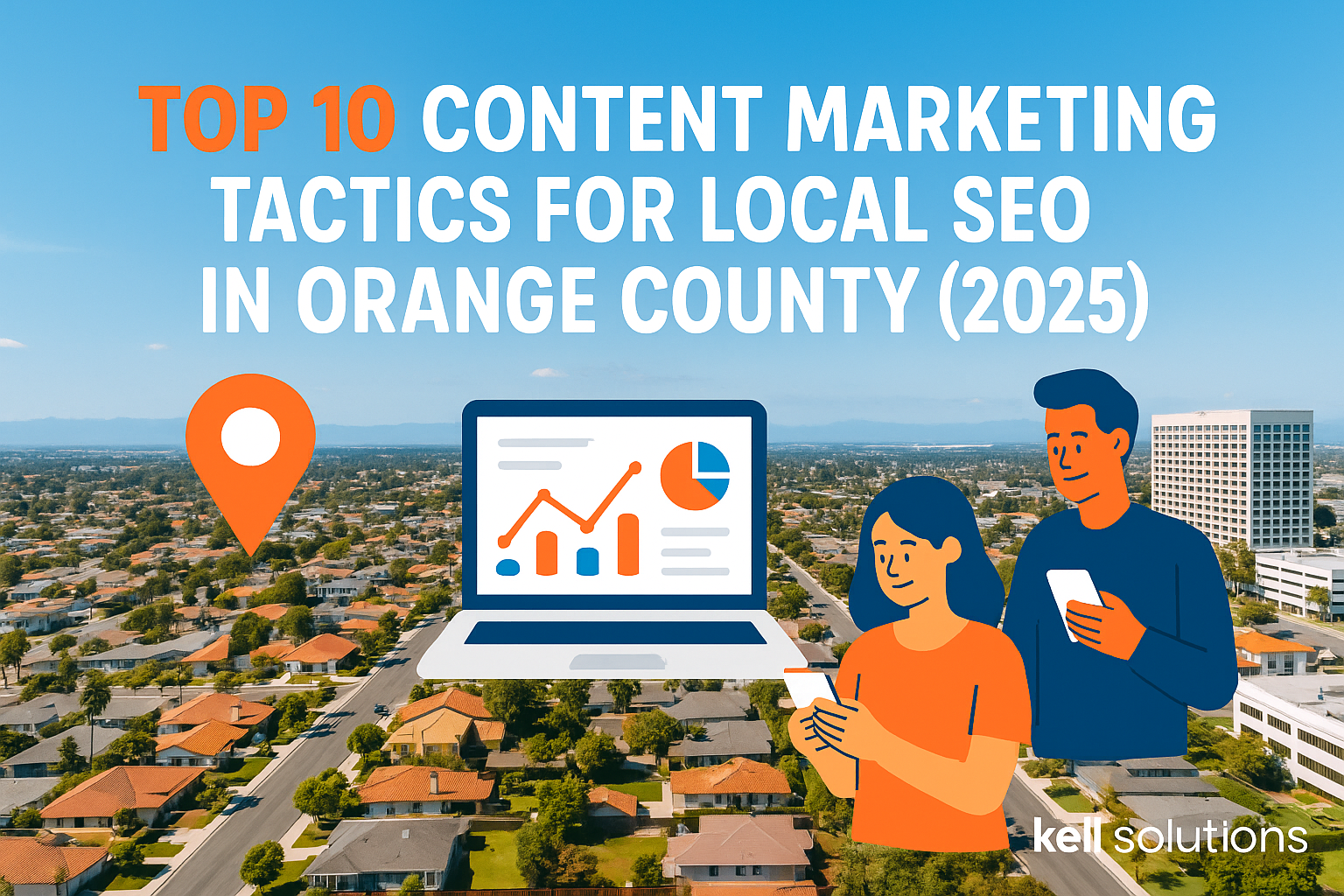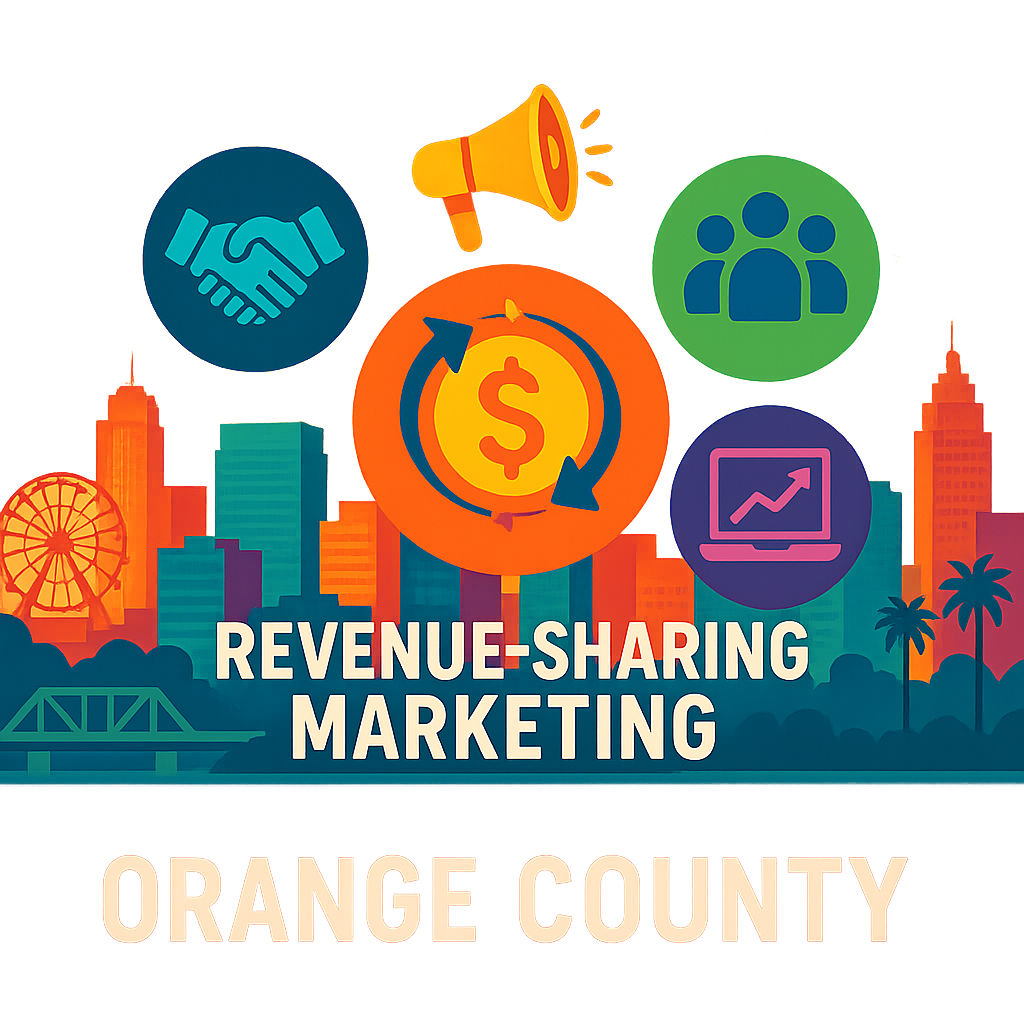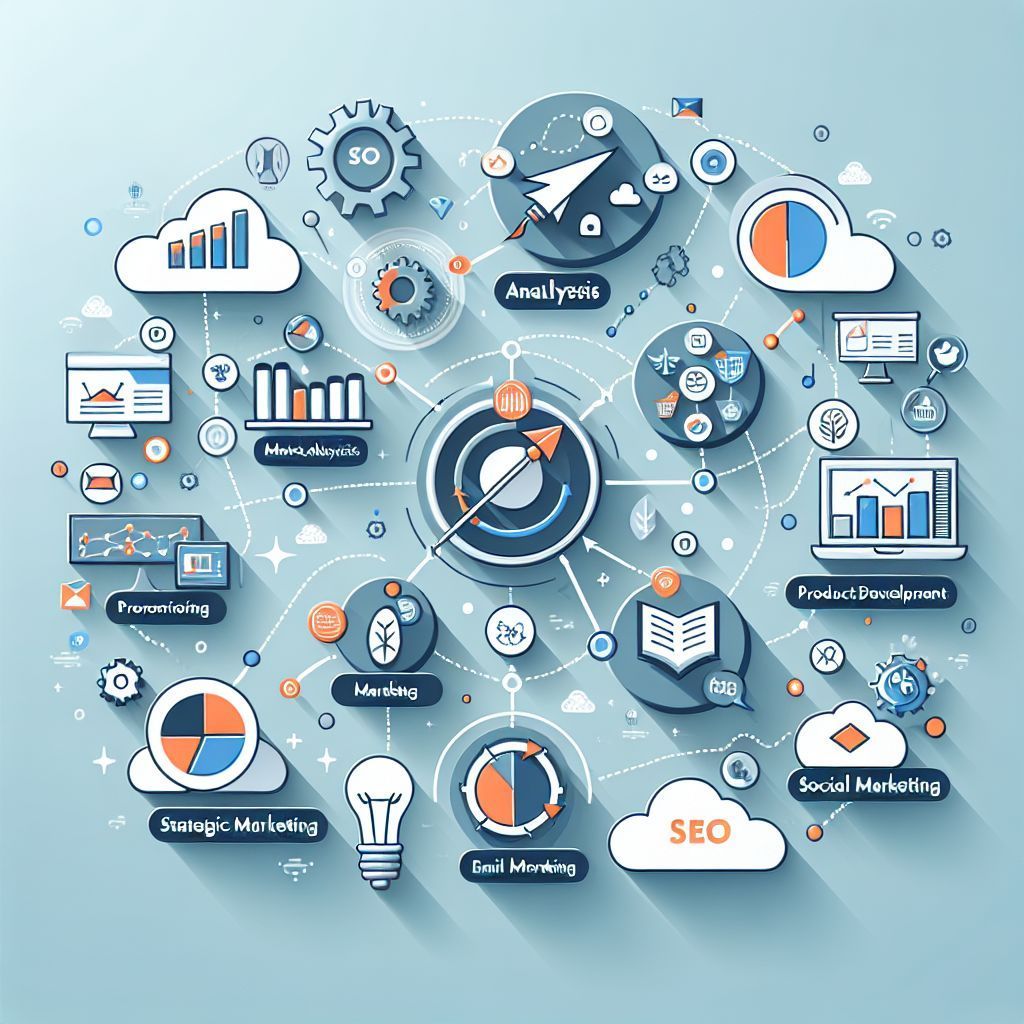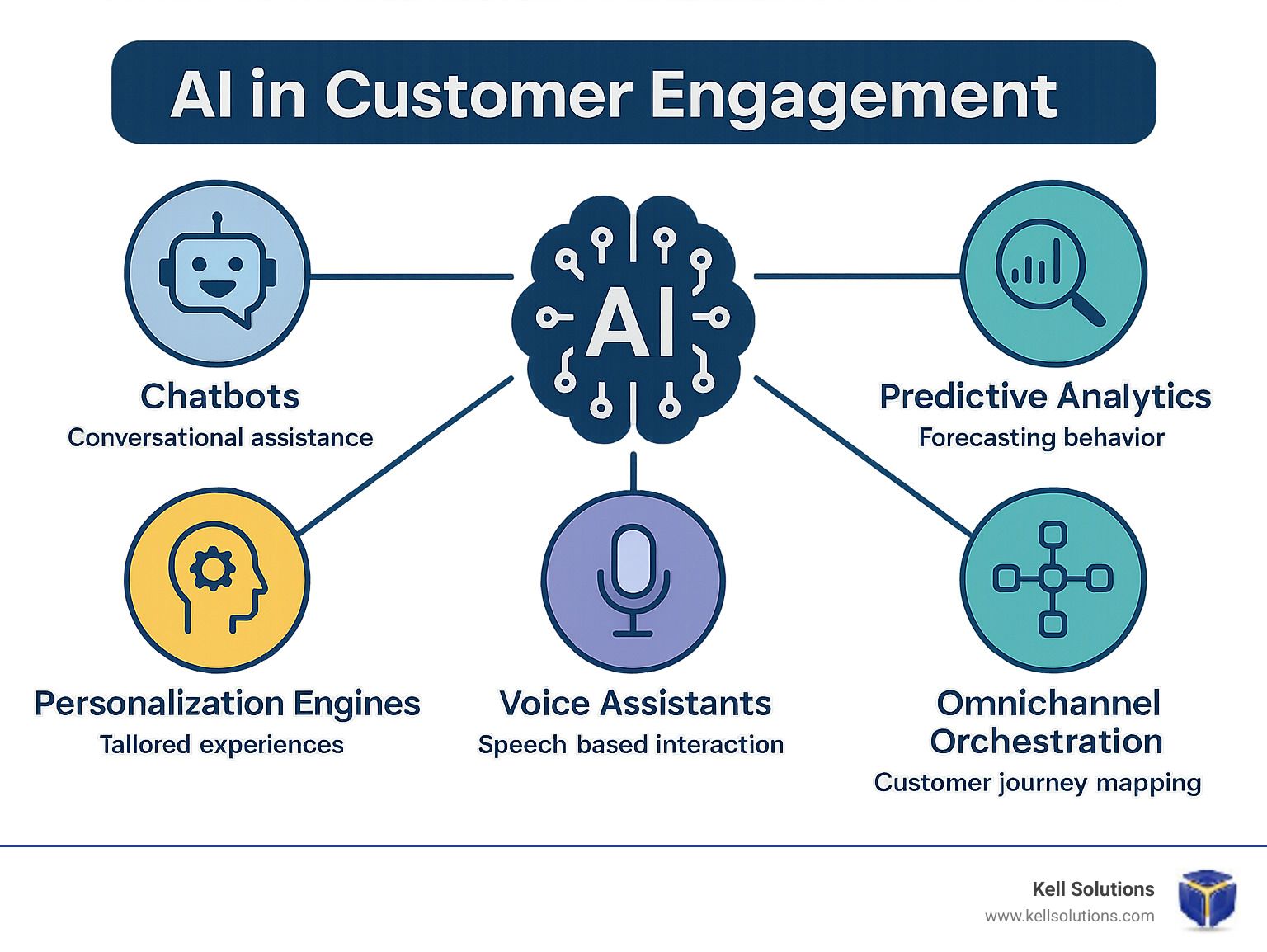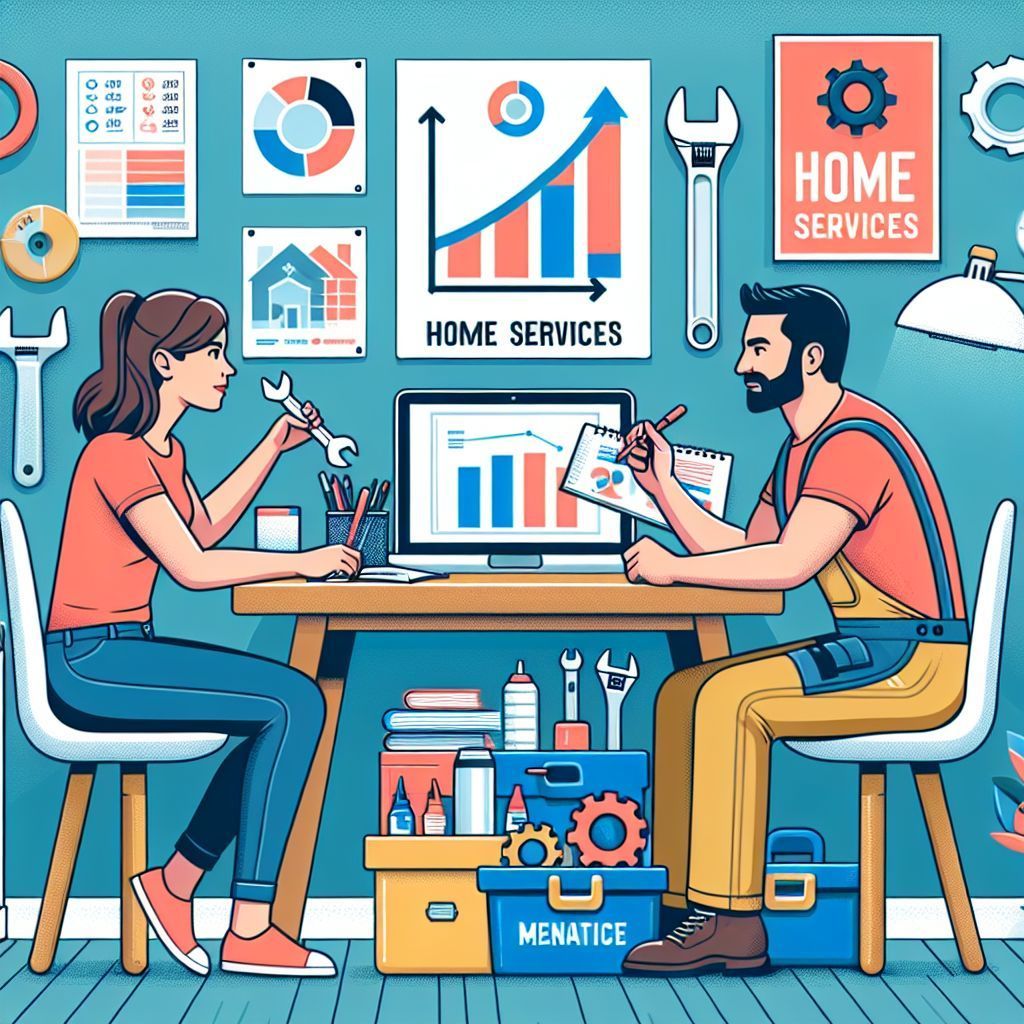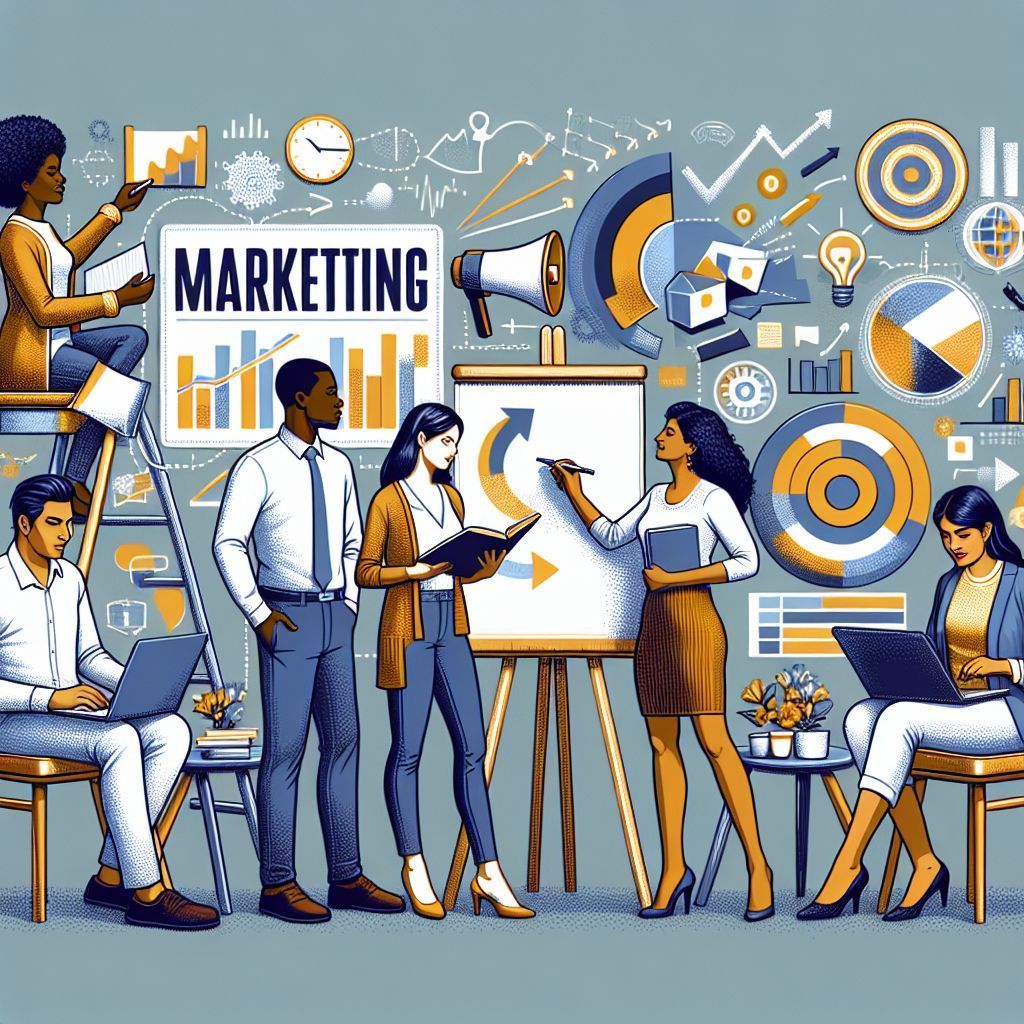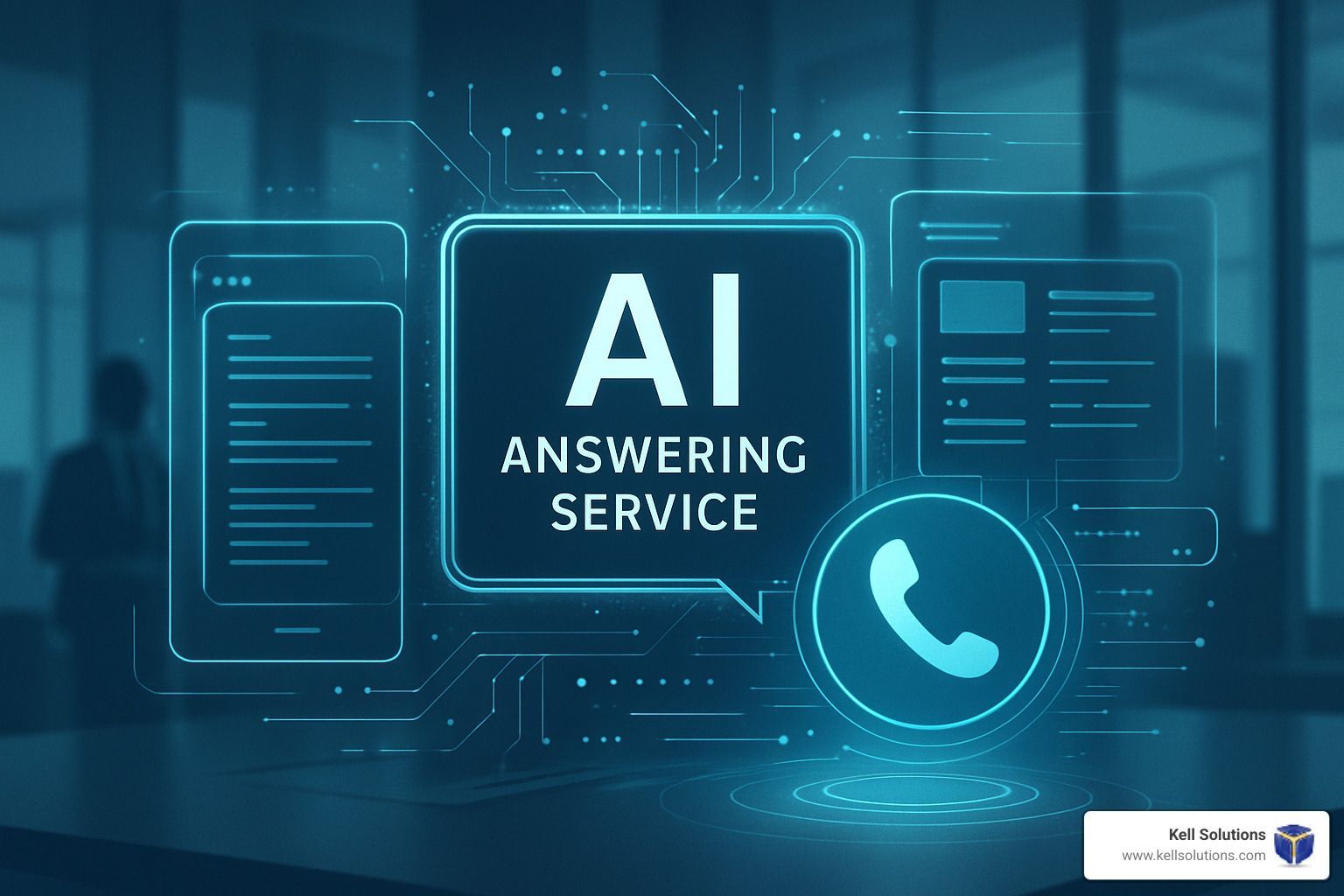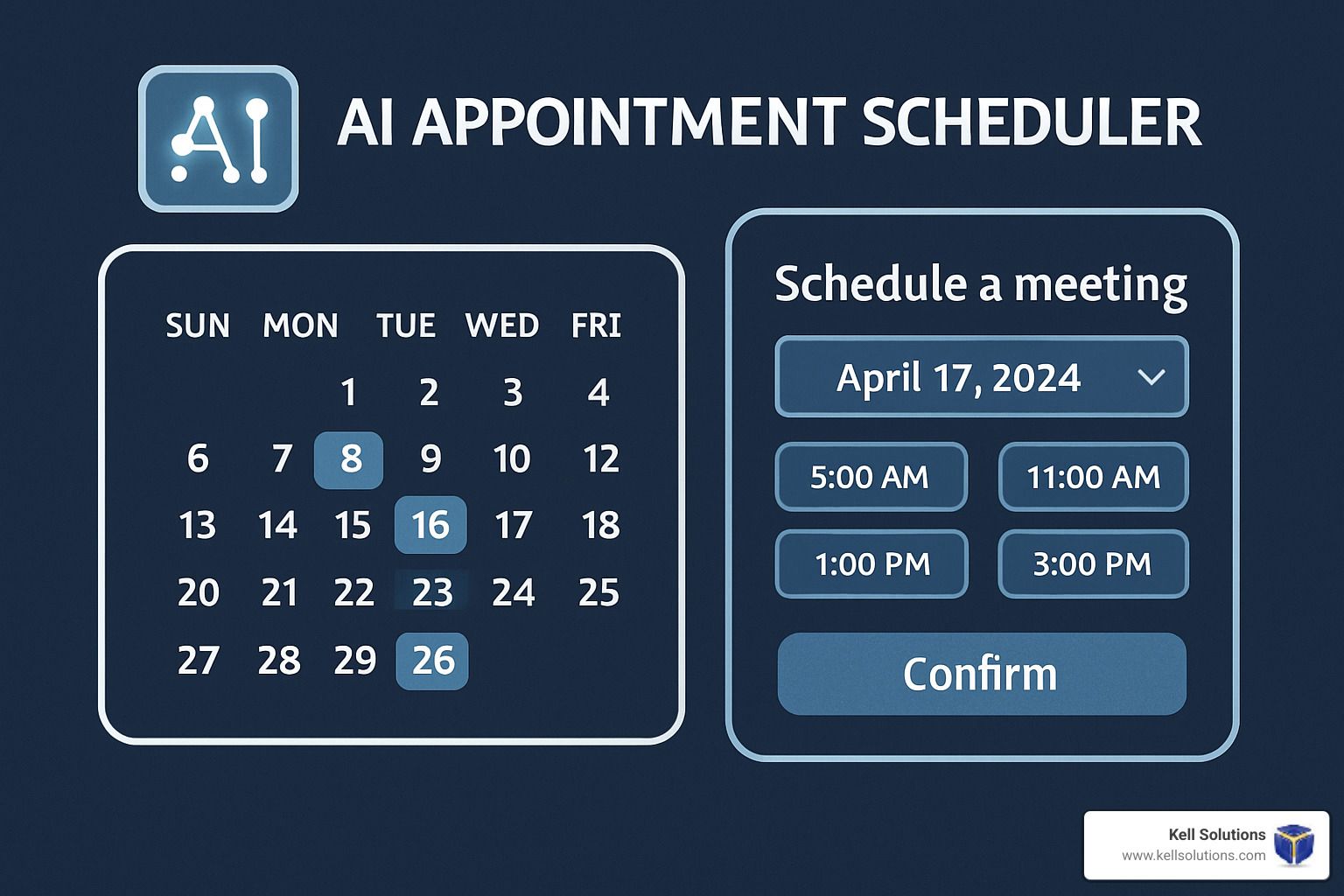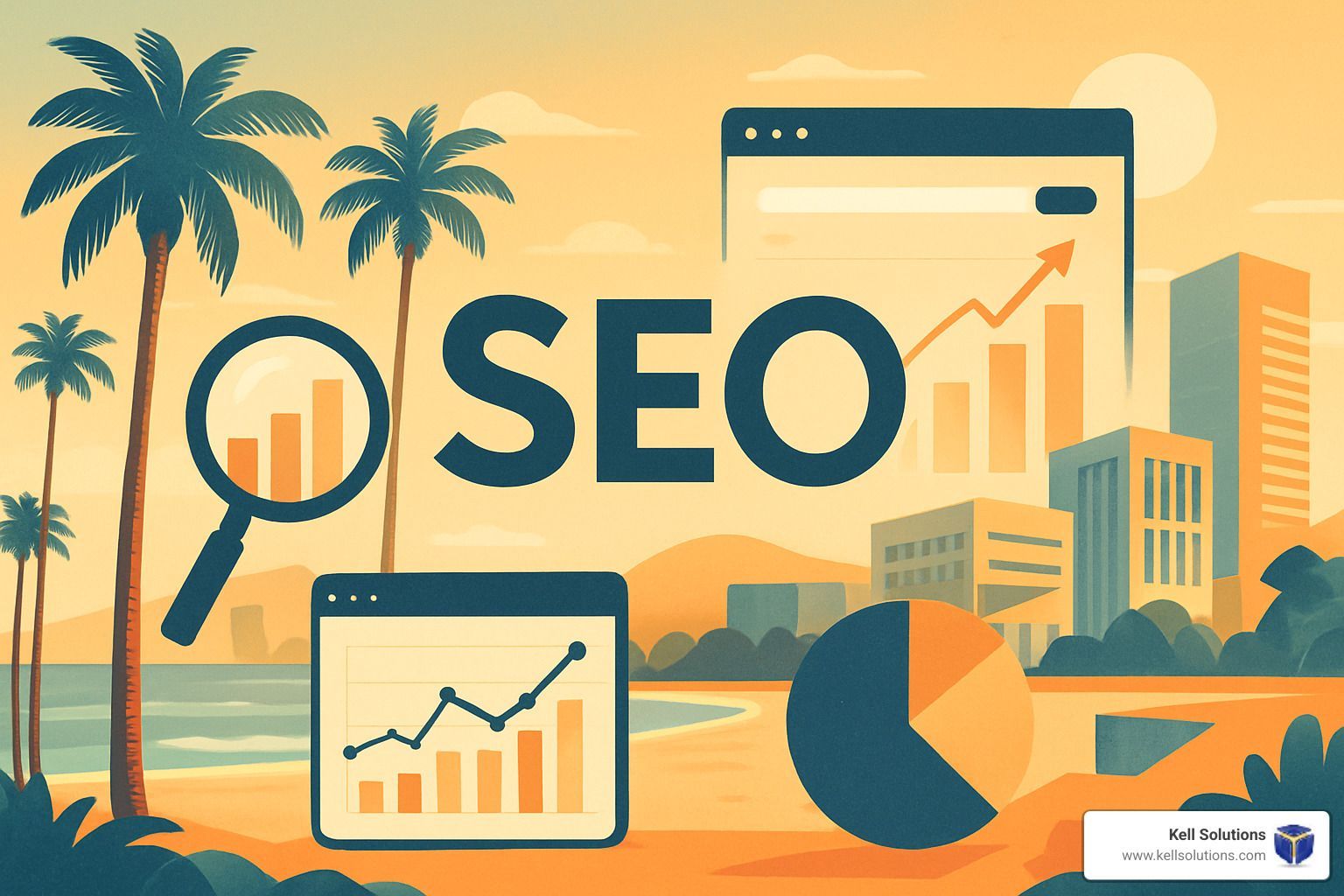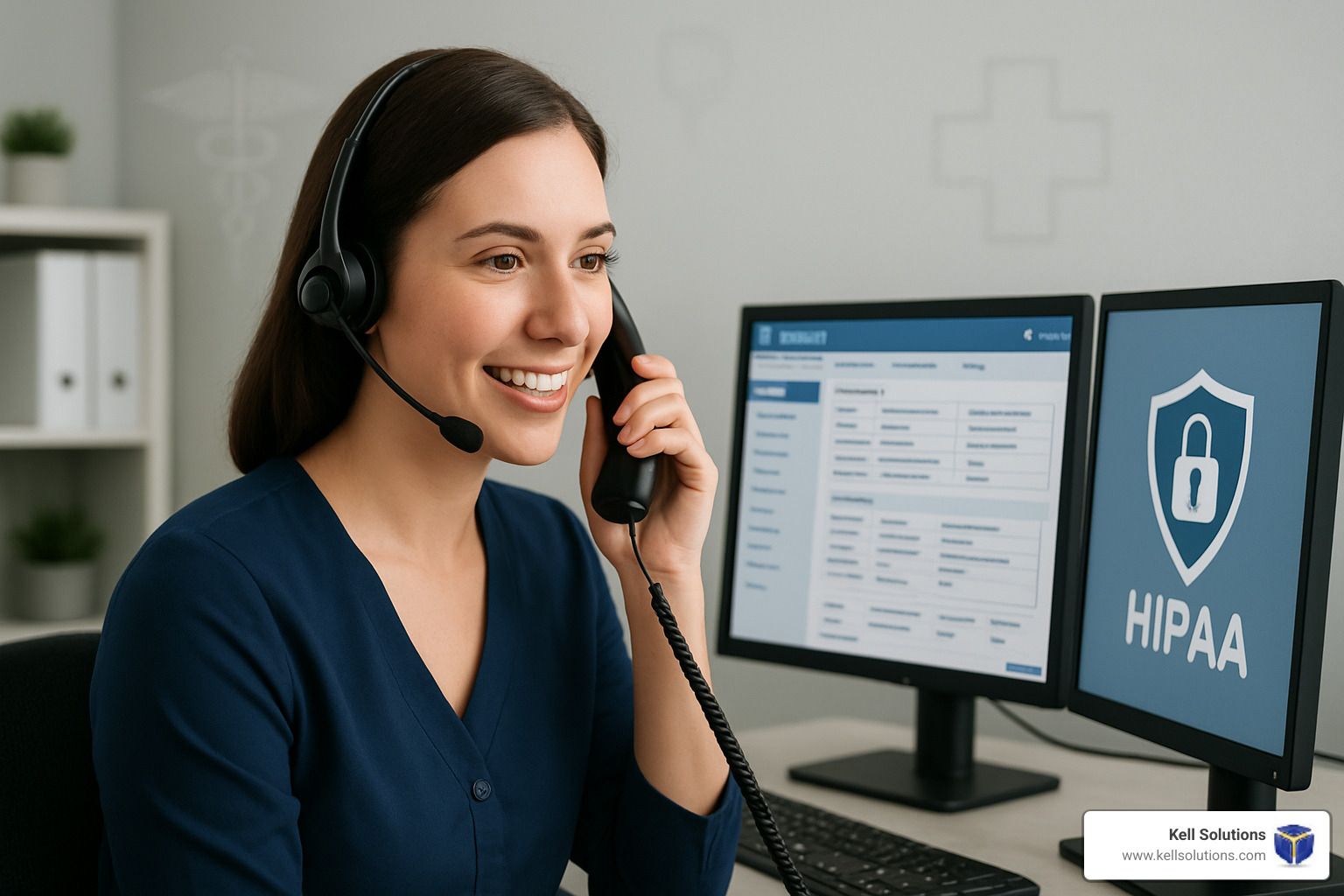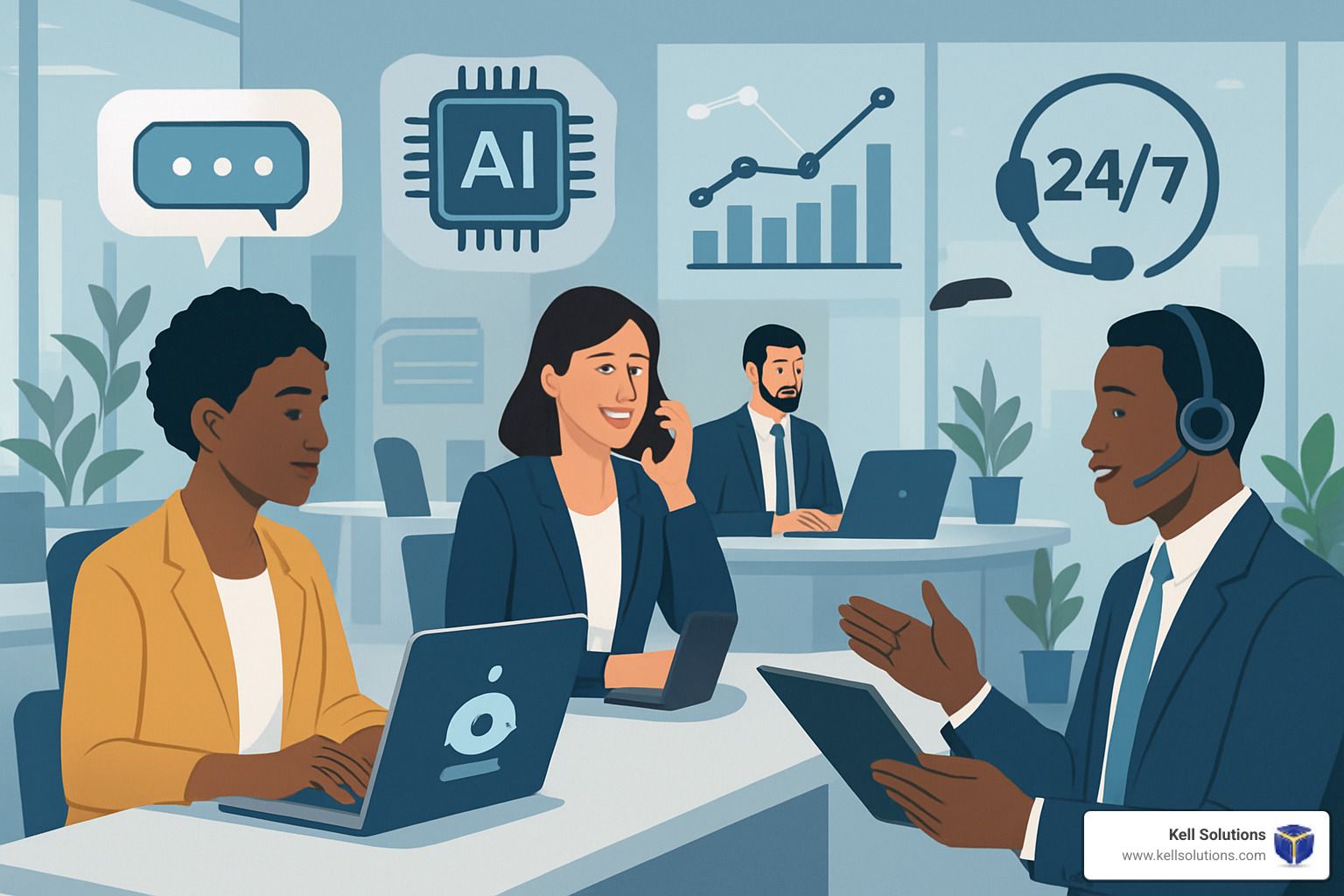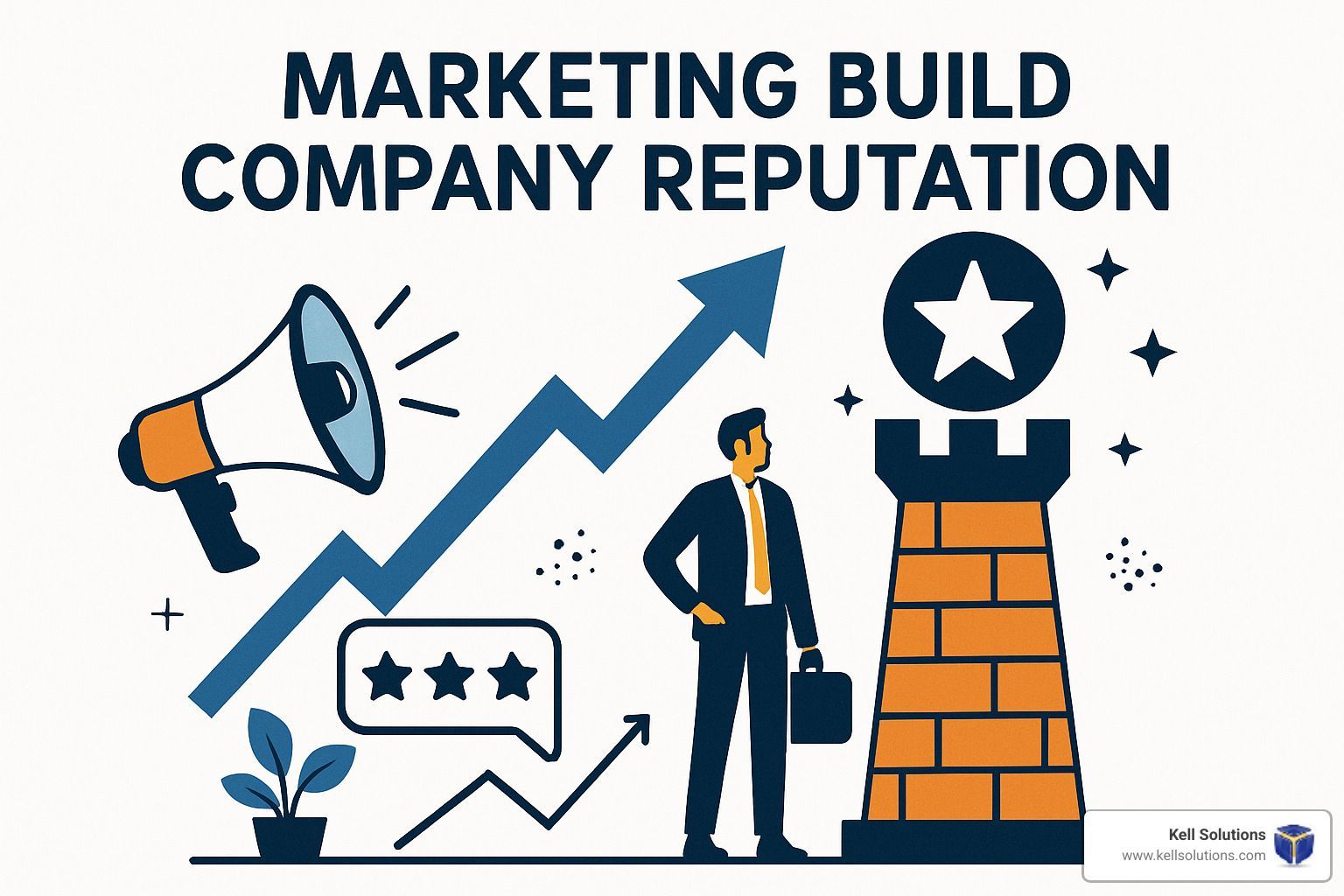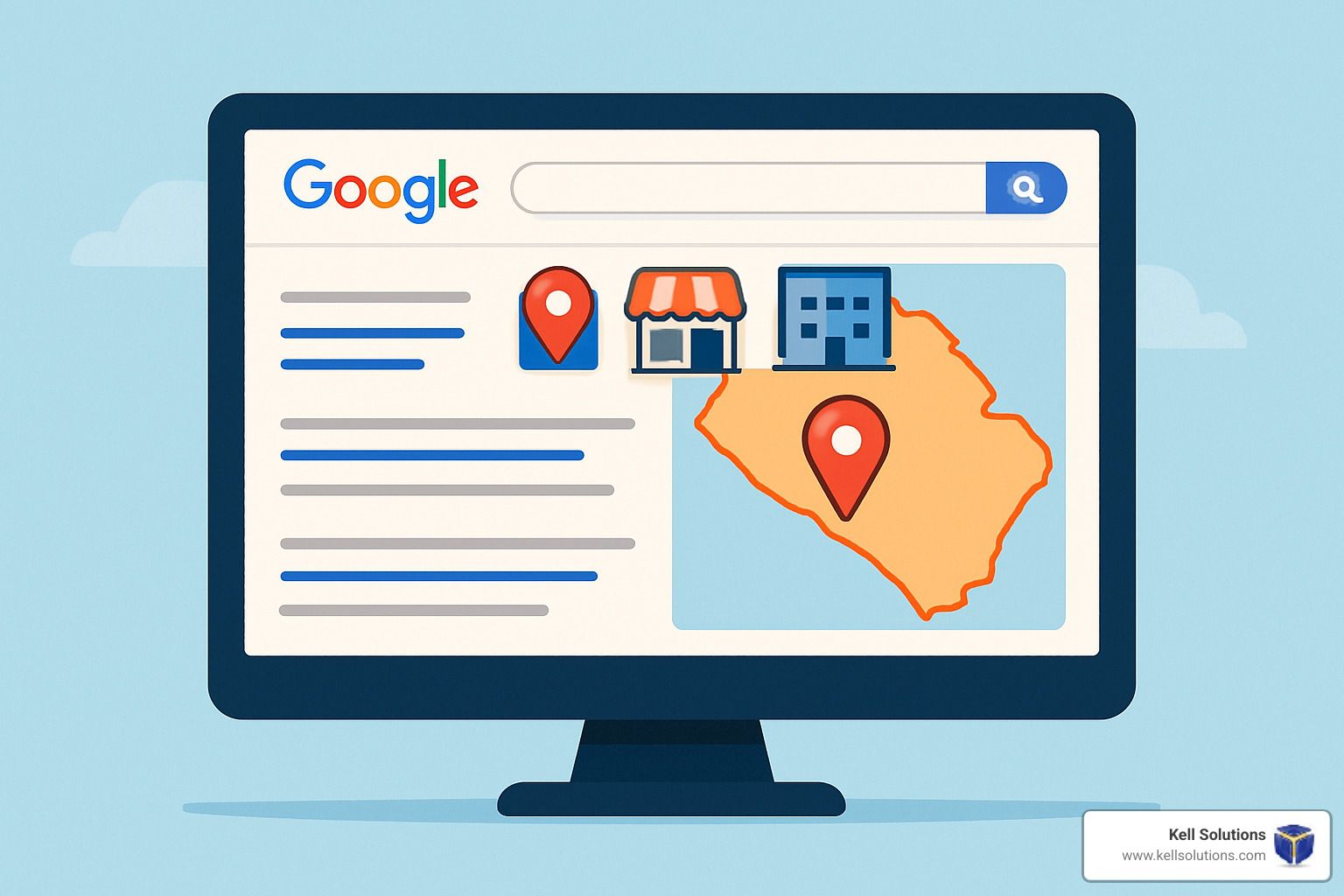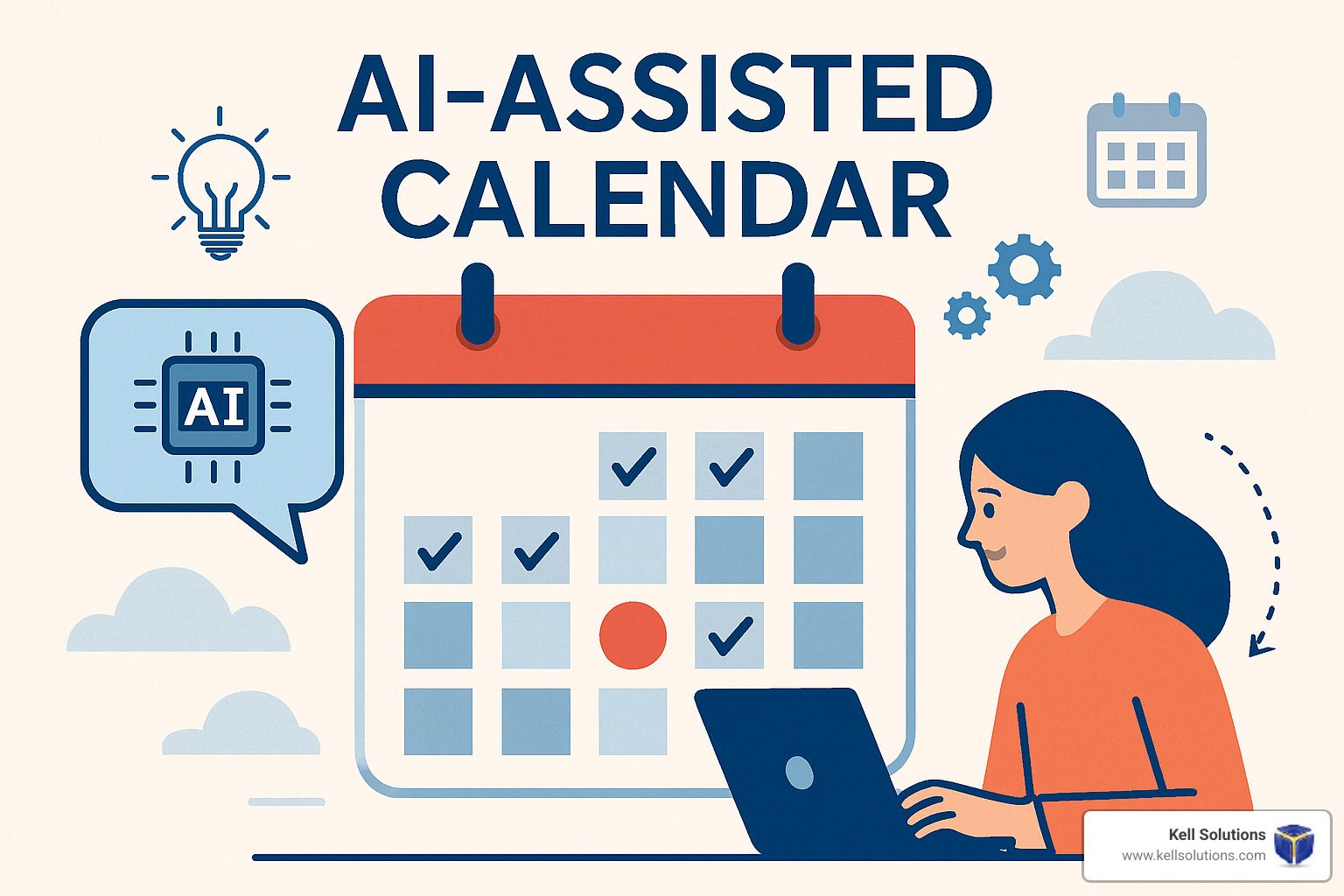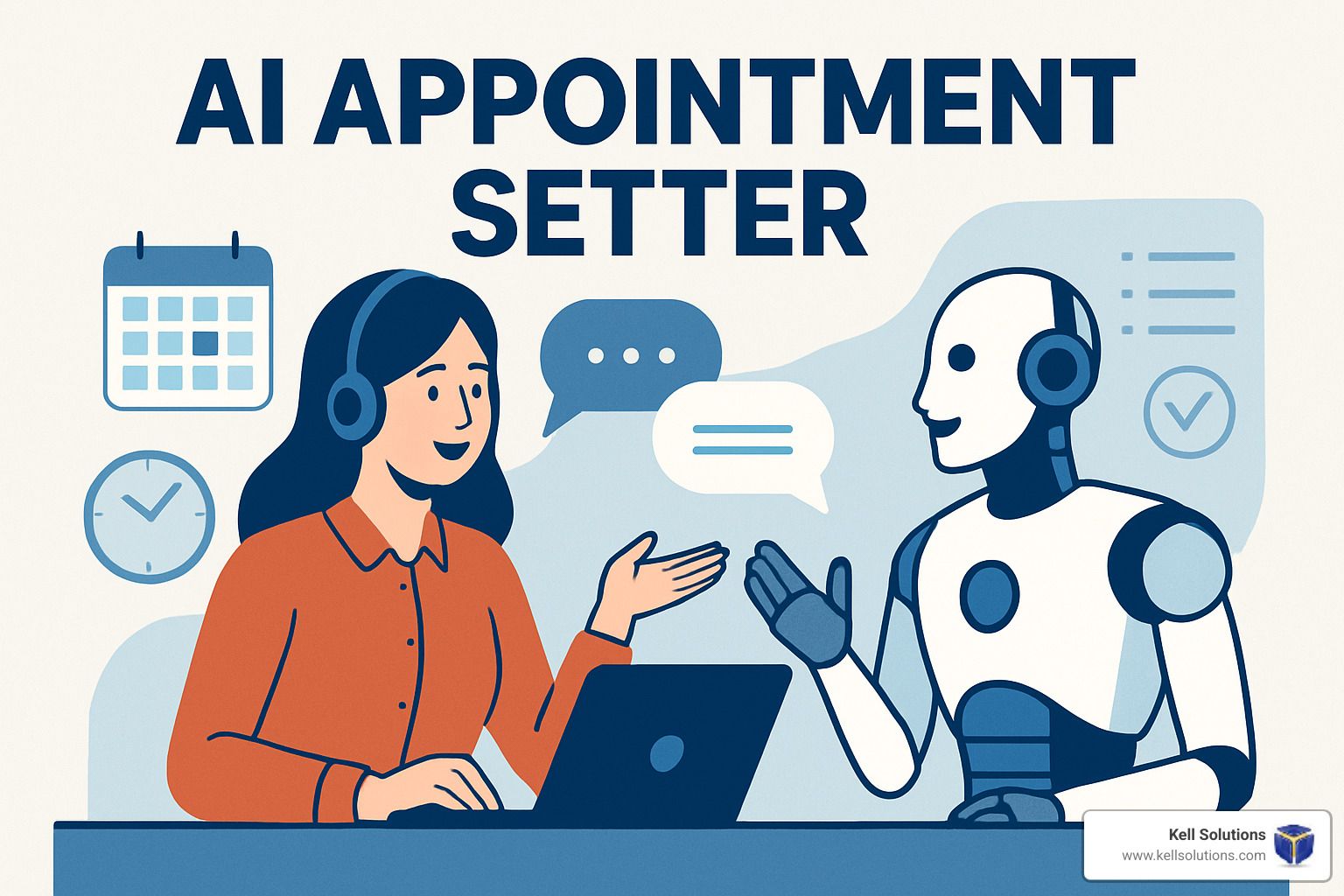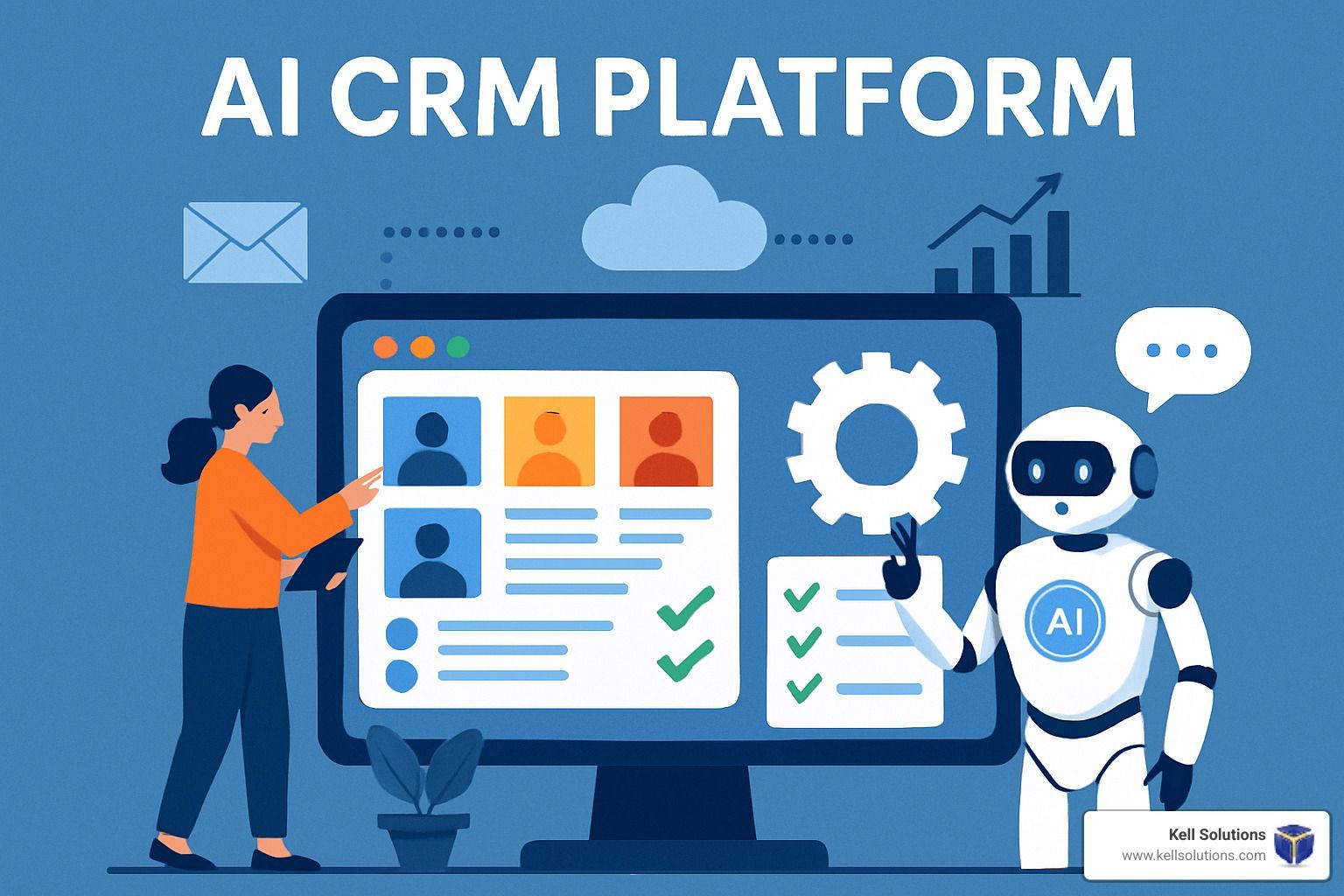Capture Leads While You Sleep—The Ultimate Automated Lead Capture Solutions
Never Miss a Lead Again: The Power of 24/7 Automation
Automated lead capture is the process of using technology to collect visitor information, qualify prospects, and route leads to your CRM system without manual intervention.
Did you know that responding to a lead within 5 minutes makes you 10× more likely to connect with that potential customer? Yet for most small businesses, capturing and responding to leads instantly—especially after hours—seems impossible.
"We talk with business owners every day who tell me the same story: 'I know I should be using more technology, but between managing crews, keeping clients happy, and putting out daily fires, who has the time to figure all this out?'"
The reality is stark: 96% of website visitors leave without taking action. Every missed call, unanswered chat, or abandoned form represents revenue walking out your digital door.
But what if your business could capture leads while you sleep? What if every inquiry received an instant, personalized response—no matter when it arrived?
That's the power of automated lead capture tools. They work 24/7, never need coffee breaks, and can dramatically increase your conversion rates without adding staff.
I'm Gregg Kell, founder of Kell Web Solutions, and I've spent over 25 years helping small and mid-sized businesses implement automated lead capture systems that convert more visitors into qualified appointments, even when you're off the clock.

What Is Automated Lead Capture & Why It Matters
Automated lead capture isn't just a fancy tech term—it's your business's tireless partner in growth. Simply put, it's a system that collects visitor information and guides potential customers into your sales pipeline automatically, without anyone having to lift a finger.
Why should this matter to you? Because in sales, timing isn't just important—it's practically everything.
Potential client who visited your website at midnight? Or that person who filled out your contact form during Sunday dinner? Without automation, those opportunities often slip away while you're living your life.
Research from InsideSales.com tells a compelling story: respond within 5 minutes, and you're 21 times more likely to qualify that lead compared to waiting just 30 minutes. Wait a full day? Your chances drop by a staggering 60 times. The equation couldn't be clearer—faster responses create better conversion rates.
For most businesses—especially if you're not Amazon-sized—having staff ready to pounce on every lead 24/7 is financially unrealistic. This is exactly where automated lead capture systems become your secret weapon.
The benefits go well beyond just being quick to respond:
Your data stays clean and organized because information flows directly from capture points into your CRM—no more typos from manual entry or sticky notes lost under coffee cups.
Your customer acquisition costs drop substantially when automation handles the initial screening, letting your human team focus only on prospects who are genuinely interested.
Your follow-up becomes rock-solid consistent. No more leads falling through the cracks because someone was out sick or having a busy day.
And perhaps best of all, your lead capture capability scales smoothly with your marketing efforts. Double your advertising? Your automated system handles the increased inquiries without missing a beat—no emergency hiring needed.
As one of our clients in Hilton Head put it: "We were literally losing money while we slept before we set up automated capture. Now our system engages potential clients at 2 AM just as effectively as at 2 PM—and my phone isn't blowing up at dinner time anymore."
When your business can respond instantly, consistently, and personally—regardless of time or day—you're not just capturing leads. You're capturing opportunities that your competitors are likely missing.
1. AI Chatbots & Virtual Assistants
AI-powered chatbots have revolutionized the way businesses capture leads online. These virtual assistants use natural language processing (NLP) to engage visitors in real-time conversations, answer questions, and collect contact information—all without human intervention.
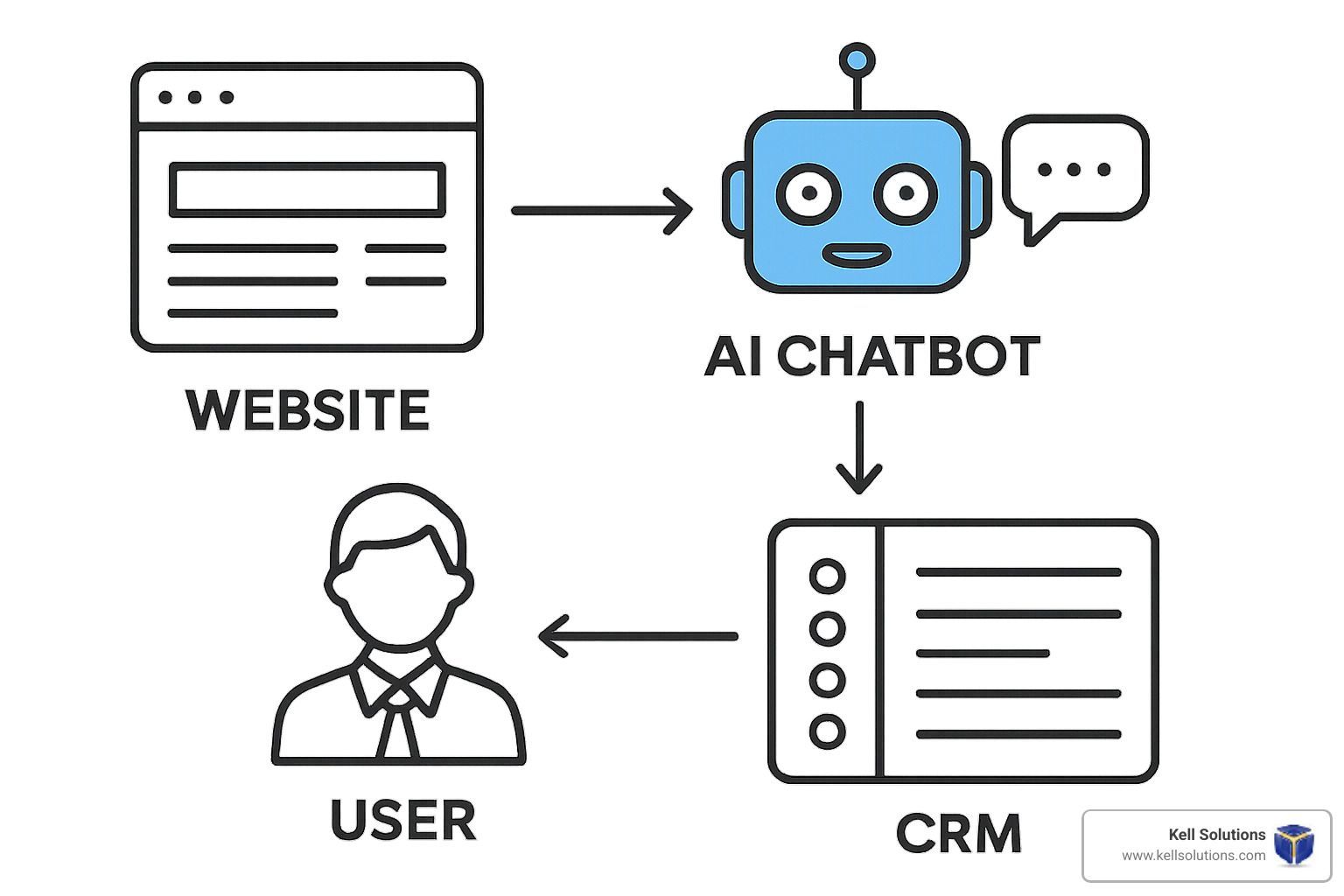
The beauty of chatbots lies in their ability to provide instant engagement. When a potential customer visits your website at midnight with questions about your services, your chatbot springs into action, providing answers and capturing their information while your competitors are sending them to a generic "contact us" form.
I recently spoke with a Chicago business owner who told me something that still makes me smile: "Our chatbot captured a $50,000 client at 1:30 AM on a Sunday. The prospect was researching solutions during their off-hours and was impressed that we could answer their specific questions instantly."
Modern AI chatbots aren't just glorified form fillers. They're sophisticated virtual team members that can understand natural language questions, provide personalized responses based on visitor behavior, and qualify leads by asking relevant questions. They'll schedule appointments directly into your calendar, transfer conversations to human agents when needed, and neatly collect and store lead information in your CRM.
Choosing an "automated lead capture" bot wisely
Not all chatbots are created equal. When shopping for an automated lead capture bot, think of it like hiring a new team member—you need the right fit for your business.
Good conversational intelligence is non-negotiable. Your bot should understand natural language and maintain context throughout a conversation, just like a human would. Can you program specific responses to important trigger phrases like "pricing," "demo," or "speak to sales"? This capability turns casual browsers into serious prospects.
Look for sentiment analysis features too. The best bots recognize when a visitor is frustrated and needs human intervention. And speaking of humans, check how smoothly it transfers conversations to your team when necessary.
Don't forget about GDPR and compliance features. Your bot needs to properly handle consent and data privacy requirements—this isn't just nice to have, it's essential.
"The difference between a basic chatbot and an advanced AI assistant is like the difference between an answering machine and a skilled receptionist," explains our lead developer at Kell Solutions. "One simply collects messages; the other builds relationships."
Finally, make sure it plays nice with your existing tools. Seamless integration with your CRM and marketing tools means no manual data entry and no lost leads.
Setup Checklist
Setting up your chatbot doesn't have to be complicated, but it does require some thought. Before you launch your automated lead capture bot, work through these essential steps:
- [ ] Define clear goals (lead generation, customer support, or both)
- [ ] Map out common customer questions and appropriate responses
- [ ] Integrate with your CRM for seamless data transfer
- [ ] Create escalation paths for complex inquiries
- [ ] Develop a conversational script that reflects your brand voice
- [ ] Set up A/B tests to optimize engagement and conversion
- [ ] Establish KPI baselines to measure success
- [ ] Configure after-hours protocols
- [ ] Test thoroughly across devices and scenarios
- [ ] Create a feedback loop for continuous improvement
The goal isn't to trick visitors into thinking they're talking to a human. It's about providing immediate value while efficiently gathering the information you need to nurture the relationship.
A well-implemented chatbot is like having your best salesperson working 24/7, never getting tired, never missing an opportunity, and always following your exact playbook. When customers expect instant responses, your chatbot ensures you're always there when they need you—even at 2 AM on a holiday weekend.
2. Trigger-Based Pop-Ups & Multi-Step Forms
Pop-ups sometimes get a bad rap, but here's a little secret: when done right, they actually work wonders. The data backs this up – thoughtfully designed trigger-based pop-ups can achieve conversion rates up to 25%. The difference between annoying and effective? It's all about timing and relevance.
Today's pop-ups are light-years beyond those frustrating interruptions from the early internet days. Modern versions only appear when they make sense based on how visitors are actually behaving on your site:
When someone's about to leave your site, an exit intent pop-up can give them a reason to stay. After they've scrolled through most of your content, a scroll depth trigger shows they're engaged. Visitors who spend significant time on page are clearly interested in what you're offering. And when someone clicks on specific elements or goes quiet for a while, click behavior and inactivity triggers can re-engage them at just the right moment.
This smart approach to timing dramatically improves how many visitors convert because you're catching them when they're most receptive to your message.
Multi-step forms take this idea even further. Instead of scaring visitors away with one massive form asking for everything at once, these forms break the process into bite-sized, digestible chunks. The psychology is fascinating – people who would balk at a 10-field form often happily complete the same form when it's broken into three easy steps.
I recently spoke with a client in Laguna Beach who saw their lead capture rate skyrocket by 300% after making this simple switch. As they told me, "People who would never complete our old form are happily providing more information than we used to ask for." It's not about collecting less information – it's about making the process feel less overwhelming.
Boost "automated lead capture" with smart display rules
The real magic happens when your forms adapt to different visitors. Smart display rules let you personalize your approach based on who's visiting your site:
Traffic from Facebook might respond better to different offers than visitors from Google search. That's why source segmentation matters so much. Someone scrolling through your site on their phone needs a different experience than someone on a desktop – that's where device targeting comes in handy.
A visitor from Miami might need different information than someone from Seattle, which is why geographic personalization can be so powerful. First-time visitors and returning customers have different needs, making visit frequency targeting essential. And aligning your pop-up offers with the specific content someone is viewing (content matching) just makes good sense.
One business owner in Victorville told me they doubled their conversion rates overnight after implementing source-based targeting. "Visitors from Facebook responded to social proof offers, while Google searchers preferred discount-based incentives," they explained. It wasn't about changing their entire strategy – just tailoring the message to match visitor intent.
The bottom line? The most effective automated lead capture systems don't treat all visitors the same. They recognize that someone deep into a technical blog post about solving a specific problem is in a different mindset than someone who just landed on your homepage. By matching your offer to their context, you create relevance – and relevance drives results.
3. No-Code Landing Pages & Embedded Forms
Creating high-converting lead capture pages used to require coding skills or an expensive web developer. Not anymore! Today's no-code builders have democratized the process, allowing anyone on your team to create professional landing pages and forms in minutes.
"Before no-code tools, we'd wait weeks for IT to make simple changes to our forms," shares a client from Chicago. "Now our marketing team can launch new campaigns same-day and iterate based on results."
These drag-and-drop solutions have transformed how businesses approach automated lead capture. With intuitive interfaces and pre-built components, you can quickly build pages that look professional and convert visitors into leads. The best part? You can do it all without writing a single line of code.
Modern no-code builders offer several advantages that make them perfect for lead generation:
Mobile-first design ensures your forms look great on phones, tablets, and desktops. With mobile traffic now accounting for more than half of all web visits, this optimization is crucial for capturing leads on the go.
Proven templates give you a head start with layouts already optimized for conversions. Why reinvent the wheel when you can start with designs based on thousands of successful campaigns?
Inline validation provides real-time feedback as visitors complete your forms, reducing errors and frustration. Those little green checkmarks that appear as you correctly fill out a field? That's inline validation working to improve your completion rates.
UTM tracking automatically captures information about where your traffic is coming from, helping you identify which marketing channels deliver the best leads. This insight is gold for optimizing your ad spend.
A/B testing capabilities let you compare different designs to see which performs better. Sometimes a simple change in button color or headline can dramatically improve your conversion rates.
Key Metrics to Track
To get the most from your automated lead capture forms, you need to know what's working and what isn't. Here are the essential metrics that will guide your optimization efforts:
Completion Rate tells you what percentage of visitors who start your form actually submit it. Industry average hovers around 10-15%, but top performers can reach 25-30%. If your rate is below average, your form might be too long or asking for information that feels too personal too soon.
Cost Per Lead (CPL) helps you understand the efficiency of your marketing spend. By dividing your total marketing investment by the number of leads generated, you can identify which channels deliver the best bang for your buck.
Time to Submission measures how long it takes visitors to complete your form. While shorter completion times generally indicate a smoother experience, sometimes a thoughtful response to qualification questions takes time—and can produce higher-quality leads.
A business owner from West Illinois shared with us: "We reduced our form from 7 fields to 4 and saw completions increase by 50%. Then we analyzed which fields were truly necessary and added back the most predictive qualification question, which improved our lead quality without hurting conversion rates."
Field Abandonment Rate pinpoints exactly where people give up on your form. This insight helps identify problematic or unnecessary questions that might be costing you leads. For example, asking for a phone number too early often causes abandonment.
Lead Quality Score measures how likely your captured leads are to become paying customers. A high volume of low-quality leads might feel good initially, but will frustrate your sales team. Balance quantity with quality by tracking which form configurations produce leads that actually convert.
The goal isn't just to collect contact information—it's to start meaningful conversations with potential customers who need your solutions. A well-designed form is often their first interaction with your business, so make it count!
4. Call Tracking & Voice Agents (24/7 Answering)
You might be surprised to learn that good old-fashioned phone calls still pack a powerful punch. About 25% of all inquiries for service businesses come through phone calls—making them one of the highest-converting lead channels around. But here's the challenge: your team can't always be available to answer.
Enter AI-powered voice agents—the game-changers that transform your lead capture capability. These aren't your grandmother's answering machines; they're sophisticated systems that engage callers in natural-sounding conversations, gathering information and booking appointments while you focus on running your business.
At Kell Solutions, we've heard countless success stories from clients using our AI voice agents. As one business owner put it: "It's like having your best receptionist work around the clock, never taking breaks or vacations."
These intelligent systems do so much more than just answer the phone. They excel at collecting caller information, qualifying leads with custom questions, and booking appointments directly into your calendar. They can route urgent calls to on-call staff when needed, send detailed call summaries to your team, and sync everything neatly to your CRM—all without human intervention.
How AI voice powers automated lead capture
The technology behind today's voice agents has come a long way. What once sounded robotic now feels remarkably human, creating conversations that flow naturally.
Modern automated lead capture through voice technology uses natural language processing that understands various accents, speaking styles, and even those mid-sentence interruptions we humans are prone to. The system doesn't just take messages—it understands them, extracting key information from voicemails and automatically creating lead records in your system.
One of the most impressive features is contextual awareness. The system remembers previous interactions with callers, creating a sense of continuity that makes people feel valued. As one property management company in South Carolina told us: "We were missing 35% of after-hours calls from prospective tenants. Now we capture every lead and book showings automatically, even at 11 PM on a Saturday."
The smart routing capabilities are another game-changer. Based on what callers say, the system can transfer calls to specific departments or send text notifications to the right team member—ensuring leads never fall through the cracks.
Integration & Compliance
Implementing voice agents isn't just about the technology—it's also about making sure everything works together smoothly and stays on the right side of the law.
Call recording requirements vary by location, so your system should automatically provide appropriate notifications to callers. Your voice agents also need to handle personal data in accordance with privacy regulations like CCPA and GDPR, including providing options for data access and deletion.
Establishing clear data retention policies is equally important—you need to know exactly how long call recordings and transcripts are stored. And of course, seamless CRM integration ensures a complete history of interactions flows between your voice system and customer database.
According to research on AI implementation, organizations that focus on proper integration and compliance see 30% higher satisfaction rates with their AI systems. This attention to detail pays dividends in both lead quality and risk management.
When you're ready to transition from AI to human agents, clear handoff protocols make all the difference. The last thing you want is for a hot lead to feel like they're being passed around from person to person.
The beauty of automated lead capture through voice agents is that it works while you sleep, takes no vacation days, and never gets tired of answering the same questions. For businesses looking to maximize every opportunity without maxing out their staff, it's a solution that simply makes sense.
5. Workflow Automation & Zap-Based Integrations
The magic of automated lead capture truly comes alive when your various systems talk to each other seamlessly. Think of it as building a digital assembly line for your leads—no more copying and pasting information between tools or wondering if something fell through the cracks.
With platforms like Zapier, even the most non-technical among us can create powerful automated workflows (affectionately called "Zaps") that connect your favorite apps. No coding required—just point, click, and watch the magic happen.
A manufacturing client of ours in Illinois put it perfectly: "Before, it took us 2-3 hours to process and route each batch of leads. Now it happens instantly, and our response time has dropped from 27 hours to under 15 minutes."
These connections eliminate the tedious tasks that typically bog down your team. Your form captures a lead, and automatically your CRM updates, your team gets notified via Slack, a personalized email goes out to the prospect, and a follow-up task gets created—all while you're focused on more important work.
According to industry research, marketing teams using automation tools like Zapier save more than three days of work per week on average. That's not just efficiency—it's changeal for how your team spends their time.
Building Your First Zap for automated lead capture
Creating your first automation workflow is surprisingly straightforward. Here's a simple path to get started:
- Choose a Trigger: This is the event that kicks everything off—like when someone fills out your contact form or signs up for your newsletter.
- Add a "Create Record" Action: Tell your Zap to create a new contact in your CRM with all the juicy details you've collected.
- Set Up a Welcome Email: Configure an action that sends a warm, personalized email to your new lead, thanking them and setting clear expectations.
- Create a Team Alert: Add a notification that pings your sales team via their preferred channel (Slack, text message, or email) about the hot new prospect.
- Test and Refine: Run a test to make sure everything flows smoothly, then activate your Zap and watch the leads roll in.
For more sophisticated needs, you can add if/then conditions to create different paths based on the lead's information. Maybe VIP prospects trigger an immediate phone notification, while general inquiries flow into an email nurture sequence.
The ROI here is substantial. Enterprise users of Zapier report saving over $70,000 annually in time alone. But the real value goes beyond efficiency—it's about responding to prospects while they're still warm and interested in what you offer.
One of our clients, a small law firm in Atlanta, told us: "Before automation, we were manually entering leads into three different systems. Now our workflow handles everything automatically, and we're converting 40% more consultations simply because we're following up faster and more consistently."
The beauty of these integrations is that they grow with you. Start with a simple connection between your form and CRM, then gradually add more sophisticated workflows as you see what works for your business. Your automated lead capture system becomes more valuable with each new connection you create.
6. Post-Capture Nurturing & Remarketing Engines
Capturing a lead is just the beginning of your relationship with a potential customer. The real magic happens in what comes next. Your automated lead capture system should flow naturally into nurturing sequences that guide prospects toward becoming clients.
Think of lead nurturing like tending a garden. You've planted the seed (captured the lead), but without proper care and attention, that seed won't grow into a customer. Modern nurturing and remarketing engines handle this cultivation process automatically.
"The follow-up is where most businesses drop the ball," explains one of our clients from Savannah. "Before automation, we'd capture leads but then get busy with existing customers. Now our system nurtures every prospect consistently, whether we remember to or not."
Modern systems allow you to create personalized journeys for each lead through multiple channels:
Score leads based on their behavior and demographics, helping your team prioritize high-value prospects. A manufacturing client told us, "We now know exactly which leads deserve immediate personal attention versus which ones need more nurturing."
Deploy drip emails that deliver value over time, establishing your expertise and building trust. These aren't generic blasts—they're personalized sequences triggered by specific actions.
Trigger SMS nudges at critical decision points. Text messages have a 98% open rate, making them perfect for time-sensitive offers or appointment reminders.
Launch retargeting ads that follow prospects across social media and the web, keeping your brand top-of-mind during their decision process.
Send physical remarketing pieces like postcards for high-value leads. In our digital world, tangible mail can actually cut through the noise for important prospects.
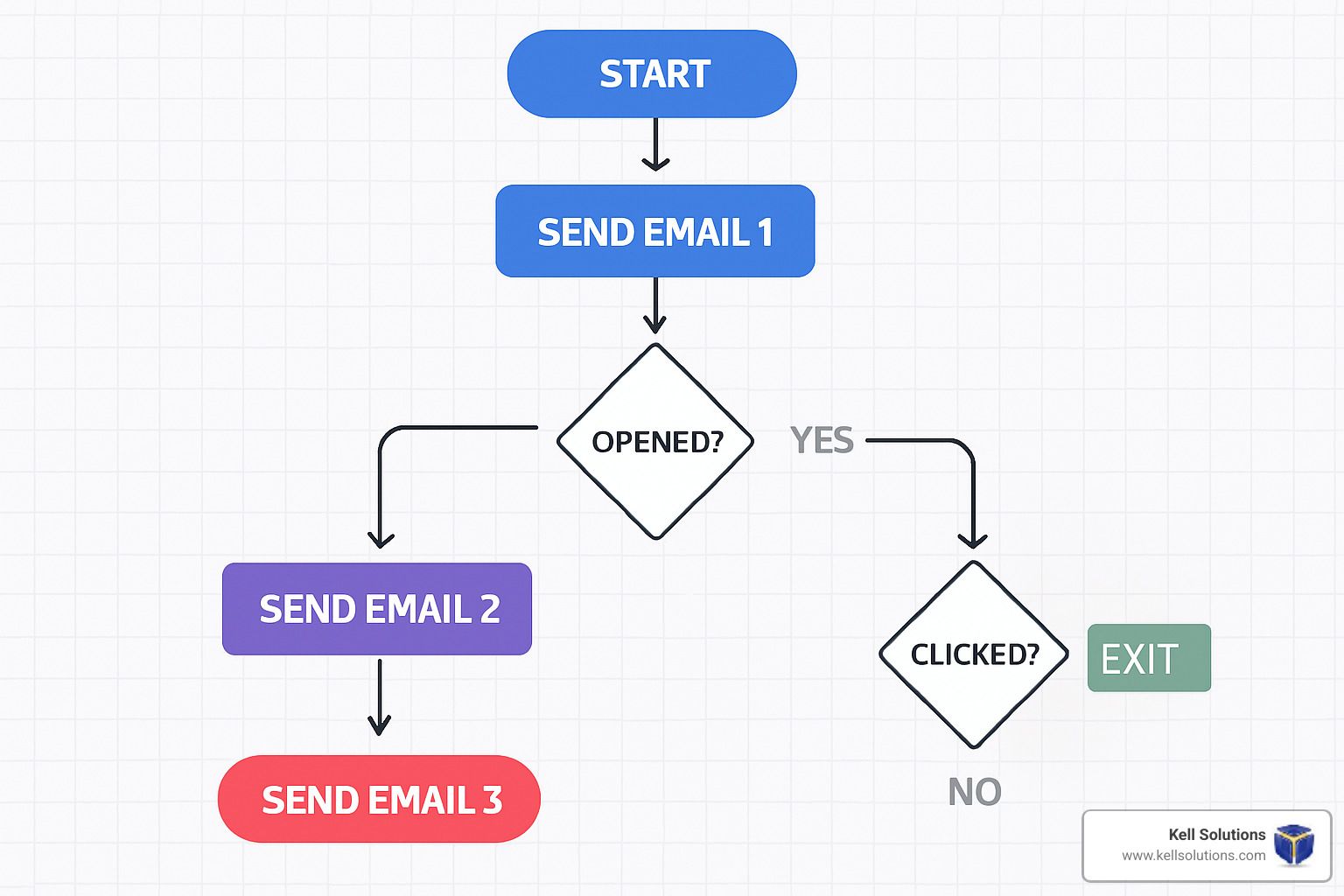
A real estate agency in Hilton Head shared their success story with us: "Our conversion rate from lead to showing appointment jumped by 47% after implementing automated follow-up. The system sends the right message at the right time—something our busy agents simply couldn't do consistently on their own."
What makes these systems so effective is personalization at scale. Your nurturing content can adapt based on:
The specific interests your lead indicated when they first contacted you Which pages they've visited on your website How they engage with your emails (opens, clicks, replies) Time elapsed since their initial contact Where they're located geographically What device they're using to view your content
One technology company that implemented comprehensive nurturing told us: "We reduced our cost-per-lead by 20% while increasing our lead conversion rate to 7.5%. The system pays for itself many times over."
KPIs & ROI
How do you know if your automated lead capture and nurturing system is actually working? Track these key performance indicators:
Response Time: How quickly leads receive their first meaningful engagement after contacting you. The industry benchmark is under 5 minutes, but top performers get this down to under 1 minute. With Kell Solutions' voice agents, response is truly instant.
Conversion Lift: The percentage increase in conversion rates compared to your previous manual process. Most businesses see a 10-15% improvement, while the best implementations achieve 25-30% better conversion rates.
CAC Reduction: The decrease in your customer acquisition cost after implementation. The typical business reduces CAC by 10-20%, but our most successful clients have seen 30-40% reductions.
Lifetime Value Impact: How automation affects customer retention and total value over time. Most businesses see a 5-10% increase, while top performers achieve 15-25% higher lifetime values.
A financial services firm in California implemented our AI voice agents alongside a comprehensive nurturing system and shared: "We've seen a 34% increase in conversion rates and a 22% reduction in cost per acquisition. The system has paid for itself many times over."
The beauty of modern automated lead capture systems is that they create a seamless experience for your prospects while dramatically reducing the manual work for your team. Your business appears responsive and attentive 24/7, even when you're focused on delivering great service to your existing clients.
Frequently Asked Questions about Automated Lead Capture
What data do I need to start?
Starting your automated lead capture journey doesn't require a mountain of information. Think of it like cooking - you need a few essential ingredients to make a basic dish, and you can add more complexity as you get comfortable.
Most businesses find success by beginning with just the basics: name, email, and phone number. As one of our clients from South Carolina puts it: "Start with the minimum viable data set and expand as you learn. We began capturing just name, email, and one qualification question, then added fields as we understood our process better."
Beyond these basics, you'll want to think about your qualification criteria - how will you determine which leads deserve immediate attention? This might be industry, budget range, timeline, or specific needs they've expressed.
You'll also need to prepare your follow-up content - the emails, text messages, or call scripts that will automatically engage your new leads. Don't worry about perfection here; you can refine these over time based on response rates.
Finally, make sure you know where this data needs to go. Will it flow into your CRM? Your email marketing platform? Your project management tool? Having these integration endpoints identified will make implementation much smoother.
How do I keep my system GDPR compliant?
Privacy compliance isn't just a legal requirement - it's a way to build trust with your prospects. When it comes to automated lead capture, GDPR compliance is particularly important if you might interact with European residents.
The foundation of compliance is transparency and consent. Your forms should clearly explain how you'll use someone's data, and they must actively agree to this use. Those pre-checked boxes that automatically opt people in? Those don't fly under GDPR.
Only collect information you genuinely need and will use - this "data minimization" principle helps protect both you and your leads. And remember, people have the right to access their data or have it deleted upon request, so your systems need to accommodate these requests.
Data security is non-negotiable - ensure all your lead capture tools use encryption and secure storage. Your privacy policy should clearly explain your data practices, and any third-party tools you use should also be GDPR compliant.
At Kell Solutions, we've built our systems with privacy compliance as a foundation, not an afterthought. This includes encrypted data storage, automated data retention policies, and built-in consent management - giving you one less thing to worry about.
Which metrics prove success quickest?
When you've just implemented an automated lead capture system, waiting weeks to see ROI can feel like watching paint dry. Fortunately, several metrics can give you early confidence that you're on the right track.
Response time reduction is often the most dramatic early win. Many businesses see this metric drop from hours to minutes or even seconds. It's incredibly satisfying to see this number plummet right from day one.
You'll likely notice an immediate bump in capture volume too. A properly implemented system typically shows a 15-30% increase in total leads captured, especially from those valuable after-hours inquiries that previously slipped through the cracks.
For forms and chatbots, keep an eye on completion rates - the percentage of started interactions that result in submitted leads. This quickly tells you if your capture process is user-friendly or causing friction.
Don't underestimate the value of qualitative feedback from your sales team about lead quality. Their insights can provide early guidance before longer-term conversion metrics materialize.
A law firm in Chicago that implemented our voice agents shared their experience: "Within the first week, we saw our average response time drop from 4 hours to under 2 minutes, and we captured 17 after-hours leads that would have previously gone to voicemail. Those early indicators gave us confidence before we could measure the full conversion impact."
The time savings for your team is another immediately measurable benefit. Tracking how many hours they're no longer spending on manual data entry and follow-up tasks can quickly justify your investment in automation.
Conclusion
Automated lead capture isn't just a fancy tool for big corporations with deep pockets—it's becoming essential for businesses of all sizes that want to get the most from their marketing investments while ensuring no opportunity slips through the cracks.
In today's always-on world, the businesses that thrive are those that can engage with prospects instantly, any time of day or night, without requiring staff to be glued to their phones and inboxes. The technology now exists—from AI chatbots to voice agents, smart forms to seamless workflows—to create a lead capture system that literally works while you sleep.
At Kell Solutions, we've poured our expertise into developing AI-powered voice agents that answer every call, capture every lead, and book appointments automatically. Our custom-built AI assistants don't just work in isolation; they integrate smoothly with your existing systems to create a seamless experience that both your team and your prospects will appreciate.
The results we've seen with our clients speak volumes:
- No more missed inquiries, even at 2 AM on a Sunday
- Response times measured in seconds rather than hours
- A 20-30% drop in what it costs to acquire each customer
- Teams freed from the drudgery of repetitive data entry
- Every prospect experiencing the same professional, helpful interaction
As one of our delighted clients put it: "It's like hiring a perfect receptionist who works 24/7, never takes vacation, and costs a fraction of an employee."
The truth is, businesses that implement automated lead capture today are giving themselves a significant edge for tomorrow. While your competitors are missing calls, losing form submissions, and responding hours later (if at all), your business can engage instantly and convert at higher rates.
Think about what this could mean for your business. How many leads are you missing right now? How many potential customers are reaching out after hours, only to move on to a competitor who responds faster?
Ready to transform your lead generation process? Contact us today for a free consultation and find how our AI voice agents can help you capture more leads while you focus on what matters most—or even while you catch some well-deserved rest.
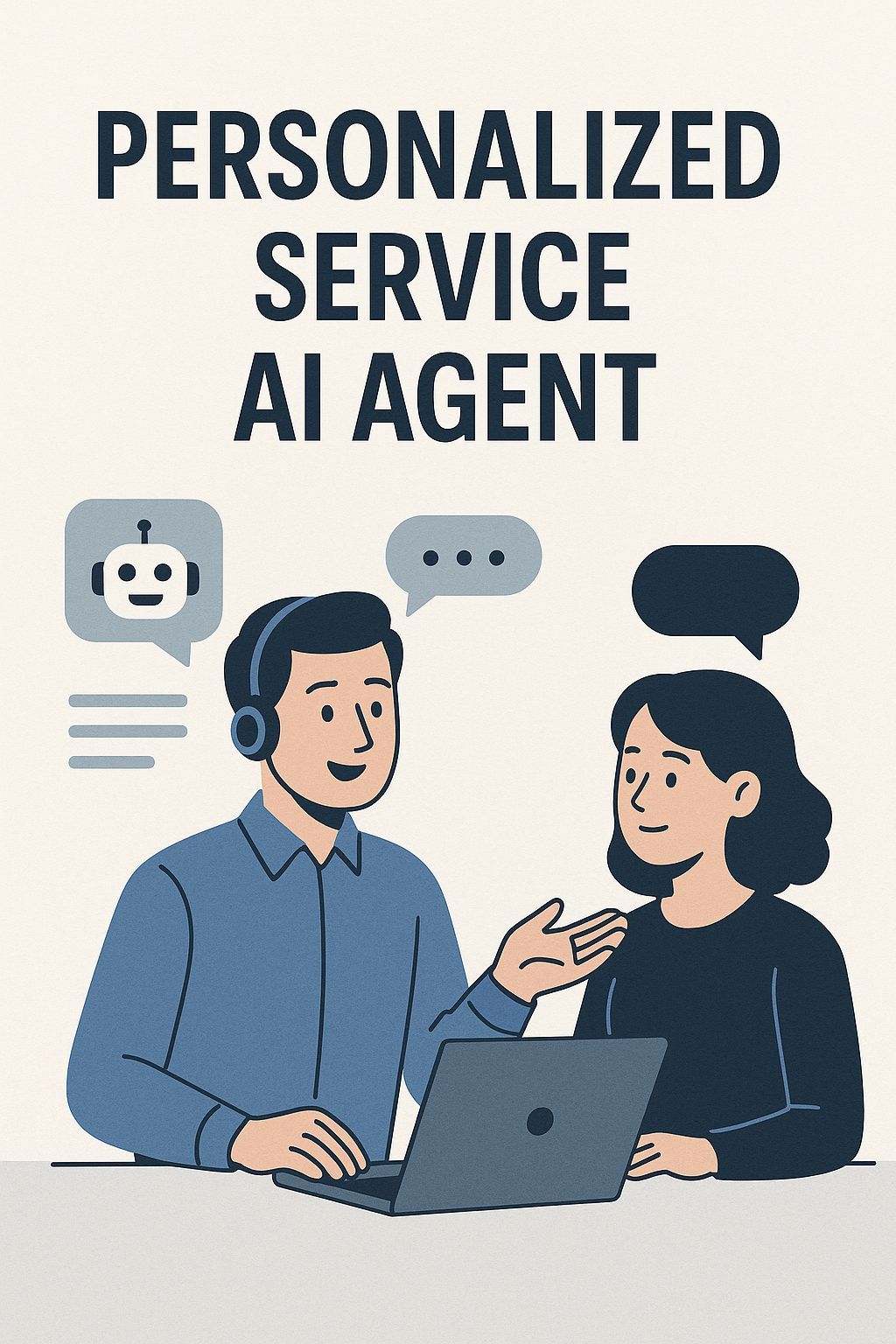

Orange County HVAC Google AI Overview Domination: 7 Proven Strategies to Capture Featured AI Results




